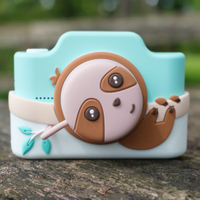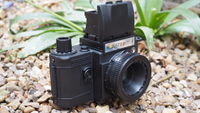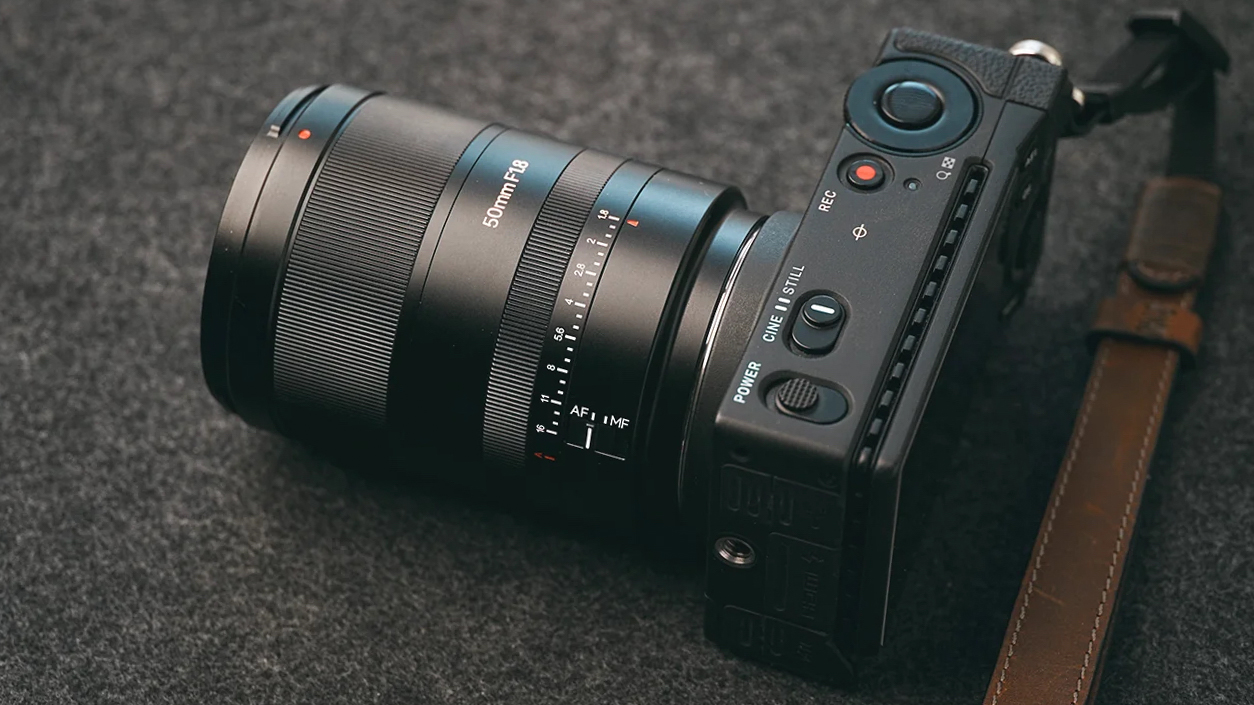The best camera for kids in 2025: great cameras for children of all ages
The best camera for kids should be simple, fun, affordable, useful, and even educational!

Choosing the best camera for kids takes just as much consideration as choosing the best one for grown-ups! I've advised lots of parents over the years, and bought a fair few for my children. The key factors to think about are going to be different, but in my opinion they're by no means less important.
I have four children (and four grandkids) of my own, as do a number of my colleagues on DCW, and we all agree that image quality still comes into play with the best cameras for kids – but they all like more outlandishly colored cameras than I would choose! Ease of use and robustness are also crucial factors when I review these cameras – as are price and educational value… I think a camera should teach your kids about photography, not just take pretty pictures.
For ease of use, I think it is hard to beat the Instax Mini 12 or the positively tiny Polaroid Go, which is perfectly sized for small hands. For durability, the OM System Tough TG-7 has almost indestructible build quality – making it perfect for use by the clumsiest members of the family! For the youngest kids, the VTech KidiZoom Duo 5.0 is a great call.
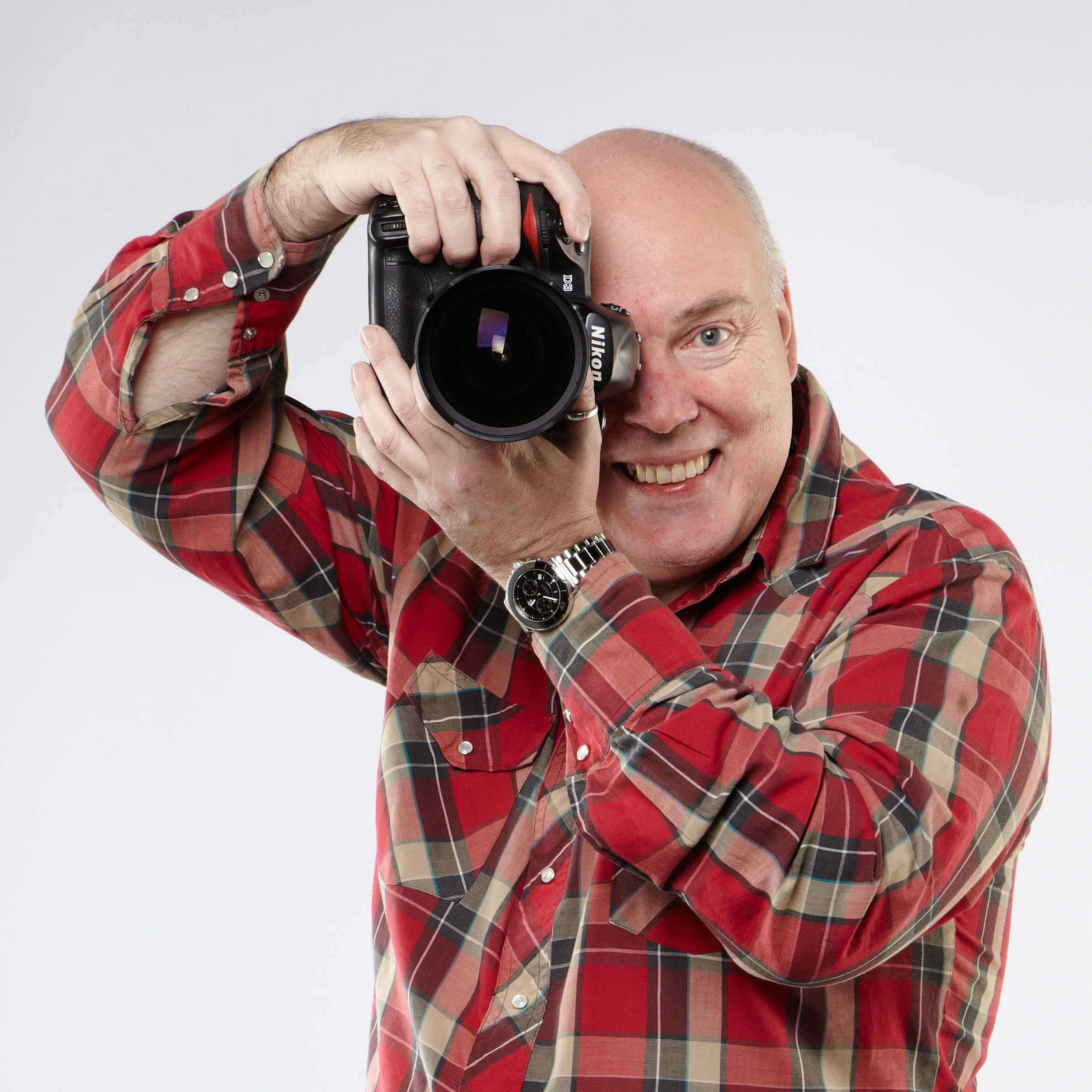
Chris has been writing about photography professionally for nearly 40 years and has tested hundreds of different cameras. He has advised lots of parents about choosing the right cameras for their children – and has bought a fair few for his four children too. He is now aiming to get his four grandchildren into photography too! He has been the editor of What Camera, N-Photo, PhotoPlus, Video Camera, and Digital Camera magazines.
Best camera for kids: our top picks
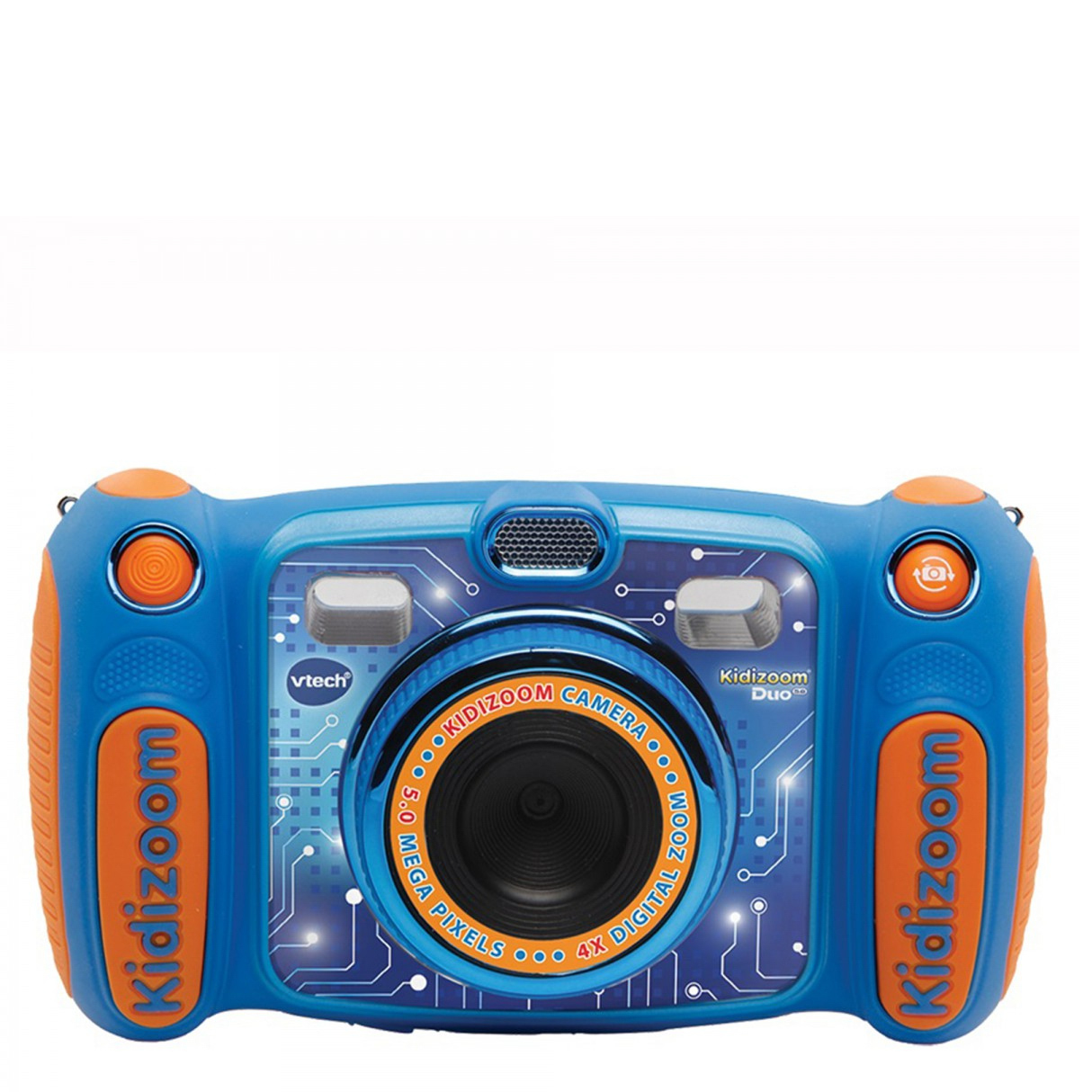
Best for ages 3-6
VTech makes a range of brightly colored, big-buttoned, entry-level tech gadgets for kids, and this is its current digital camera offering. I love the oversized rubbery build quality that absorbs the shock of occasional drops, with big grips on either side.
Read more
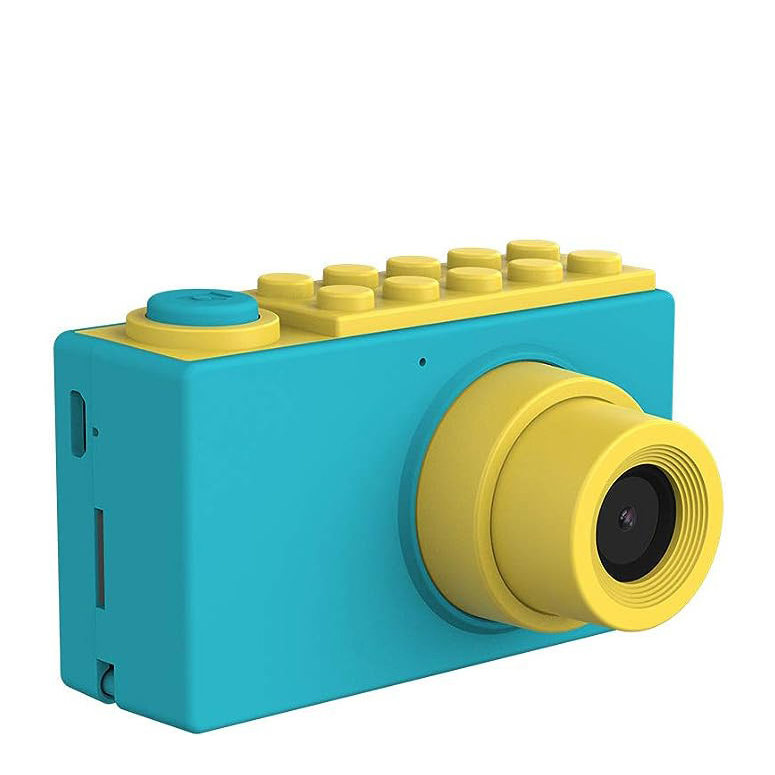
Best for ages 5-8
Aimed at young children rather than toddlers, this offers a decent 8MP stills resolution and can use standard microSD memory cards. The big appeal for me is that it comes with a waterproof housing for use in the pool, sea or bath.
Read more
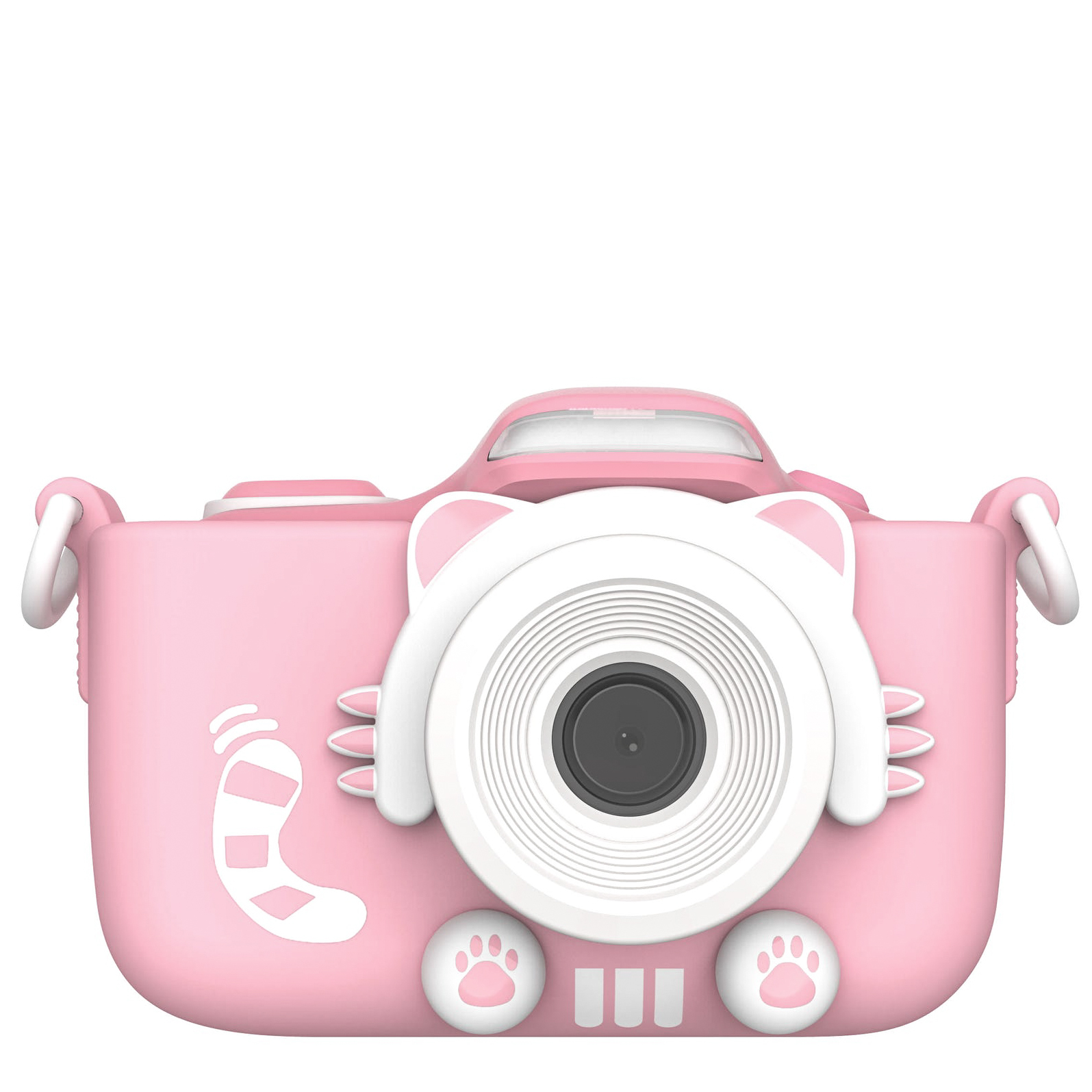
Best for ages 7-11
I think this camera does a good job of appealing to a wide range of ages, thanks to a fun design touches for youngsters, and practical features for older, more demanding, users – such as a selfie camera and high-resolution stills & video capture.
Read more

Best waterproof camera for kids
The Tough range has a long reputation in the rugged camera market. If you're looking for something waterproof, drop-proof, crush-proof and everything-proof, I can vouch for the TG-7! With a decent optical zoom and 4K video, it takes great images too.
Read more
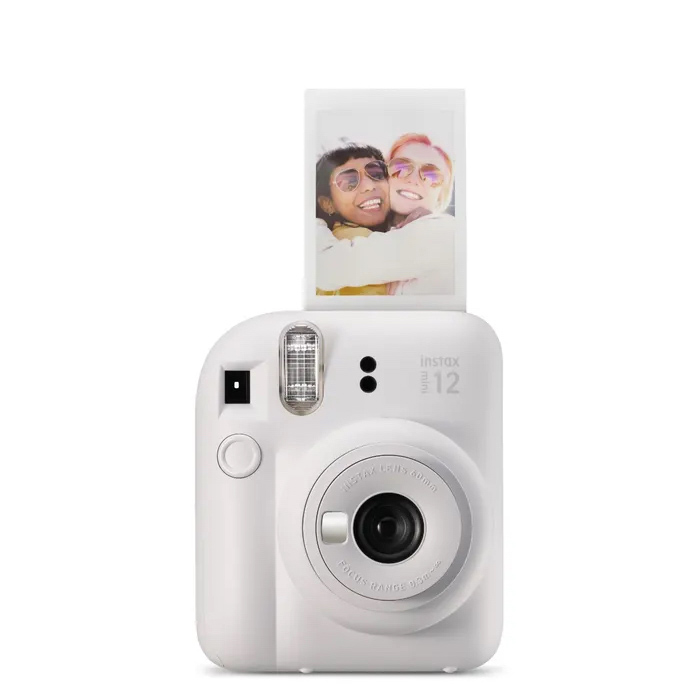
Best instant camera for kids
One of the easiest instant cameras to use, the new Instax Mini is a great choice for kids. Its autoexposure mode produces great results in a range of lighting conditions, and kids love the cute and compact prints it spits out as much as I do!
Read more
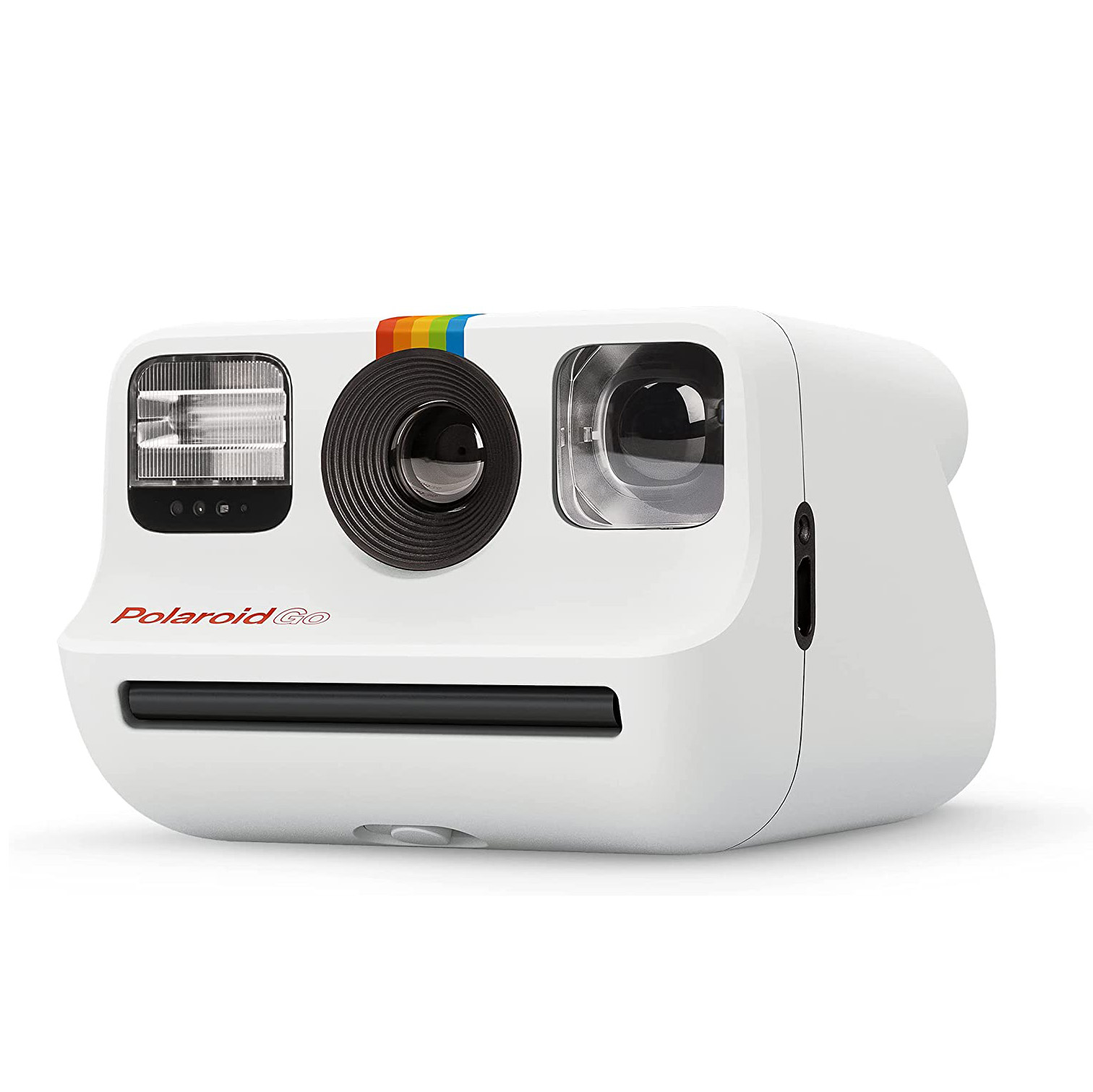
Cutest instant camera
This is the daintiest little instant camera - and its mini size makes this a particularly good choice for smaller kids. Prints are also smaller - and the film is more expensive than Instax Mini - so there is a price to pay for being the cutest.
Read more
Load the next three products

Best hybrid
Can't decide between having an instant camera or a digital camera? This model allows you to get both! You can shoot 5MP pictures that you can store to memory, and then print out the best onto the low-cost (and low-quality) Zink paper.
Read more
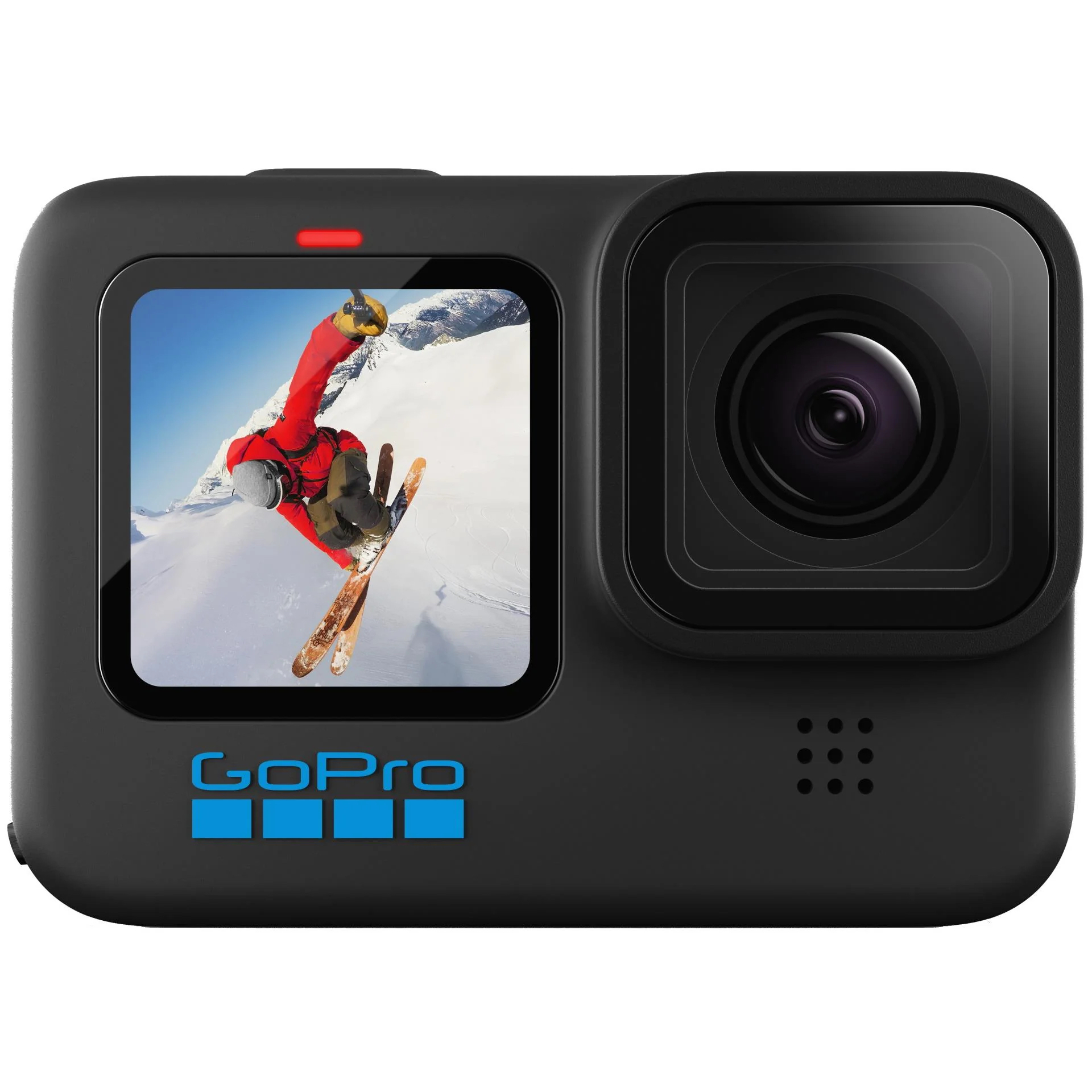
Best action camera for kids
In my opinion this older GoPro is a great option for older kids who want to concentrate on shooting video rather than stills – and is much more affordable than the latest three generations. It features great image stabilization and can be used underwater.
Read more
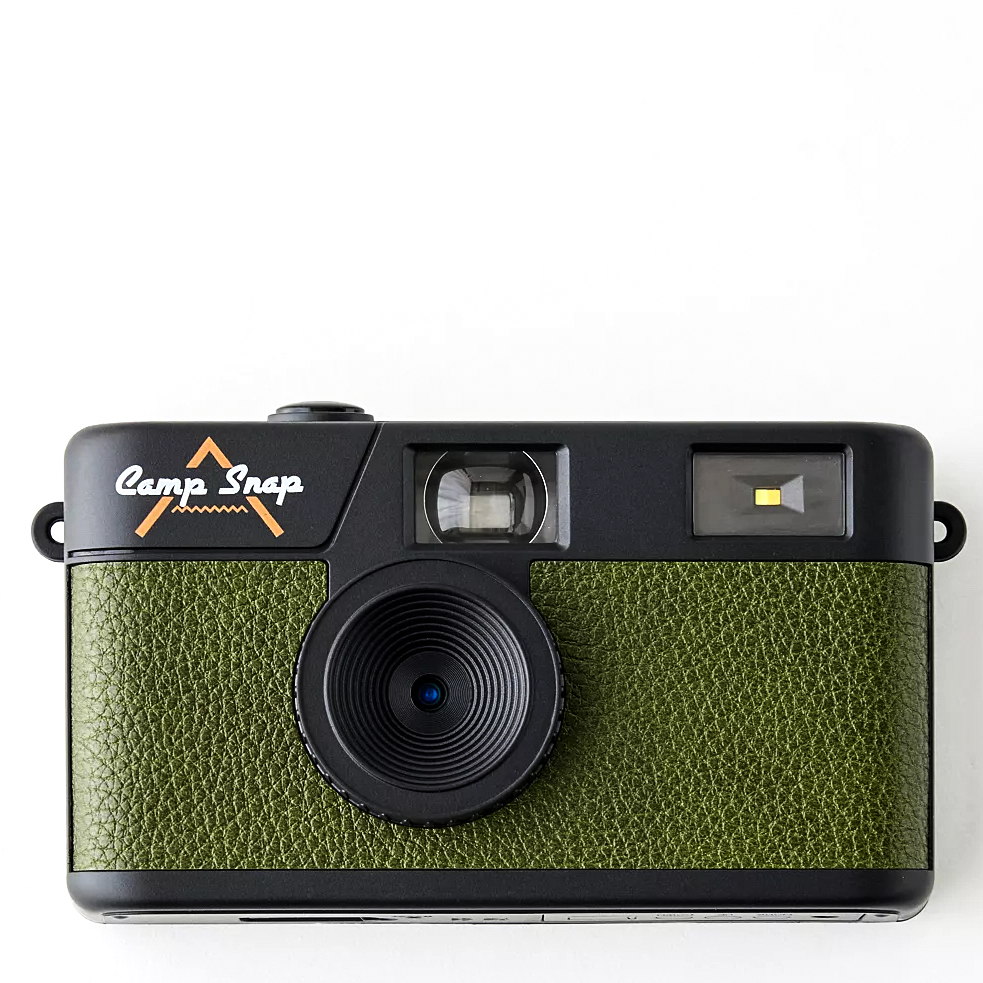
Best for retro fun
This is trendy camera is a bit different from the norm... it shoots digital images, BUT it handles like an old-school film camera. There is no LCD screen to show you what you have just shot - you have to wait until you download your images to see the results.
Read more
The best camera for kids
Why you can trust Digital Camera World
Best kids camera for ages 3-6

Specifications
Reasons to buy
Reasons to avoid
VTech makes a range of brightly colored, big-buttoned, entry-level tech gadgets for kids, and this is its current digital camera offering. Build quality is great, with its oversized rubbery build absorbing the shock of occasional drops, with big meaty grips on either side of the recessed lens for small hands to get enough purchase.
While the camera and its controls may be relatively big for the average intended user, the specs have been improved with the most recent edition of this camera with a 5MP sensor, coupled with a 4x digital zoom. On the back is a 2.4in LCD for composing and reviewing shots, through which you can also play five built-in games, so you've got a secondary use if the novelty of taking pictures wears off. The camera uses 4x AA batteries and a microSD card, which you will need to buy separately.
"If you're after a first camera for a 3+ year-old child, the VTech Kidizoom Duo is an excellent choice," said my colleague and proud dad Ben in his review. "It's well priced, built to last, and is packed with kid-friendly features like a selfie camera, lots of digital effects, video mode and even some basic computer games. It's designed so even a pre-school child can use it was only minimal tuition, though the obviously toy-like build, handling and styling may be a bit too basic for an older child already accustomed to using a parent's smartphone or tablet."
So the best camera for kids? Yes, but only if they're very young.
Read Ben's full VTech KidiZoom Duo 5.0 review

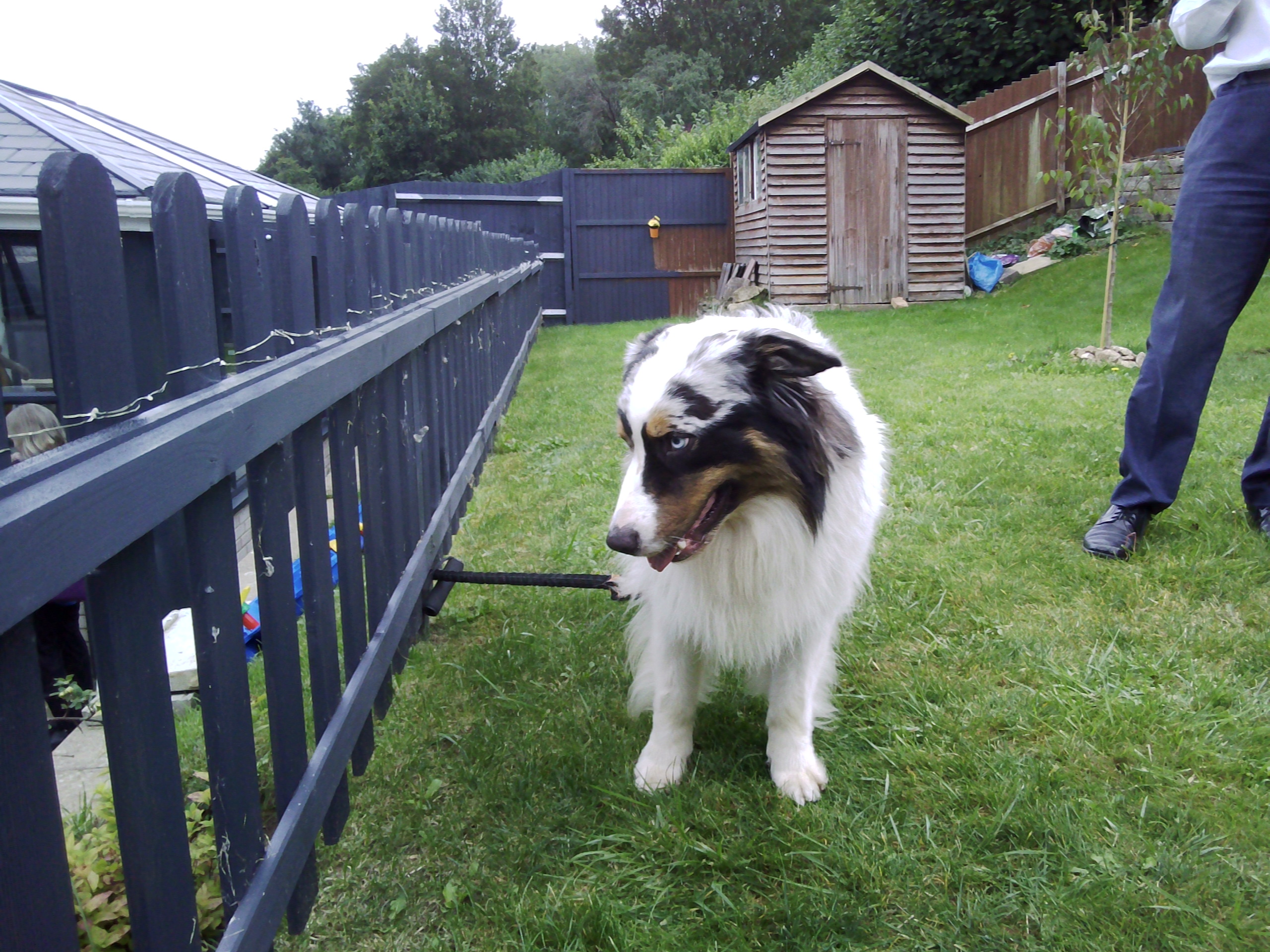
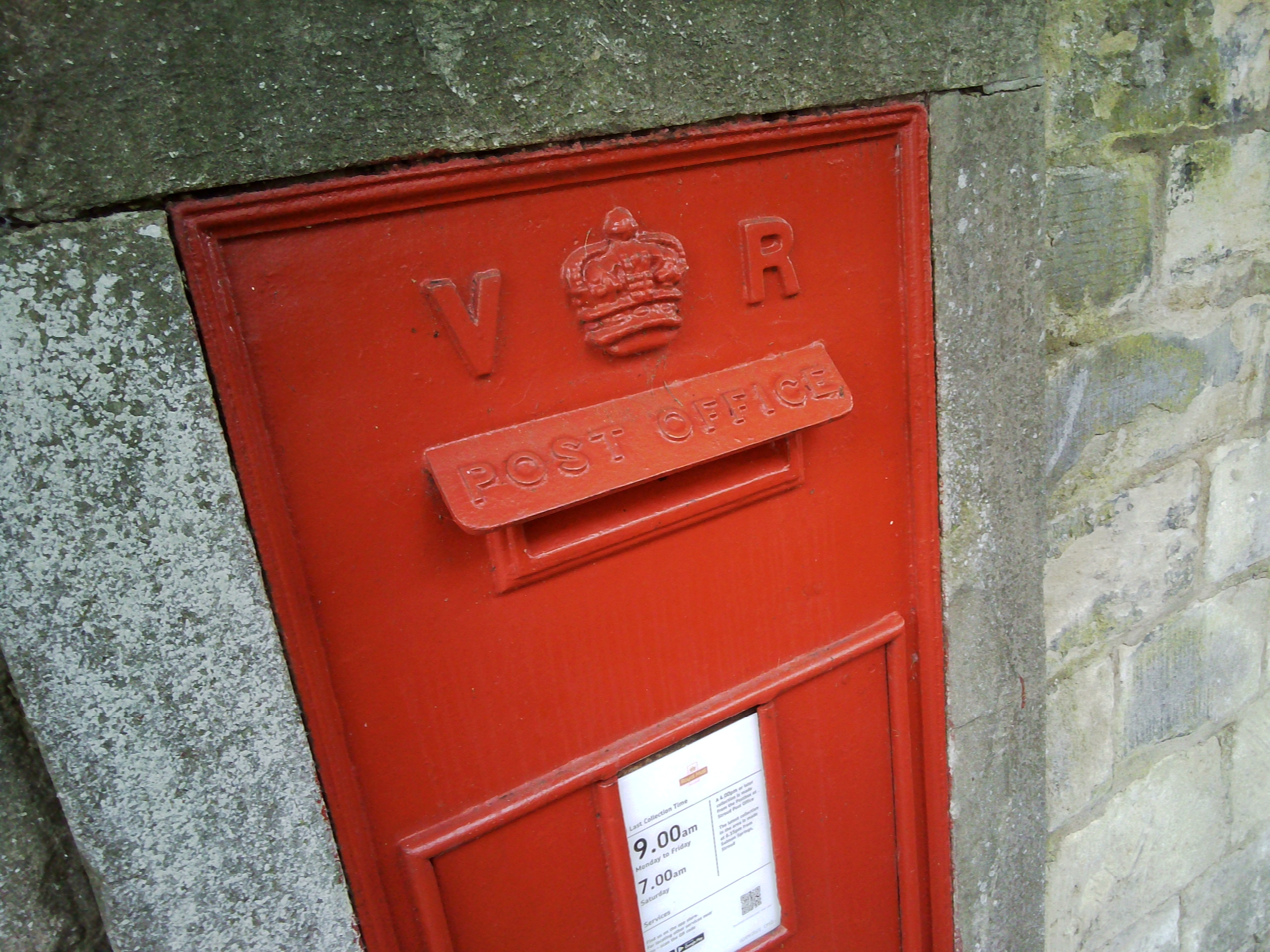

Best kids camera for ages 5-8

Specifications
Reasons to buy
Reasons to avoid
This 8MP camera is designed for kids aged around 4-8, and comes with a decent set of features to keep the curious mind occupied. Despite its resolution, video quality is reduced to a very low-res 320x240 pixels.
An appeal of this model is that it comes supplied with a waterproof housing, which can be used at depths of up to 10ft / 3m, but you do need to check that the housing is secured properly before diving into the pool! Another fiddly operation is inserting and removing the supplied microSD card, but this does at least mean that the user can take lots and lots of pictures. Available in bluish or pinkish color to suit different tastes!
"The Oaxis myFirst Camera 2 is the perfect kids' vacation camera!" beamed my colleague Kalum in his review. He was impressed with its ability to capture good image quality, and commented on the robust design that enables kids to have fun without you having to worry about them breaking the camera. There's a waterproof housing that comes as standard - allowing your kids to take the KidiZoom in the swimming pool or sea. The video quality is its the only disppointment, but that didn't take away from the great experience Kalum and his daughter had with this camera!
Read Kalum's full My First Camera 2 review
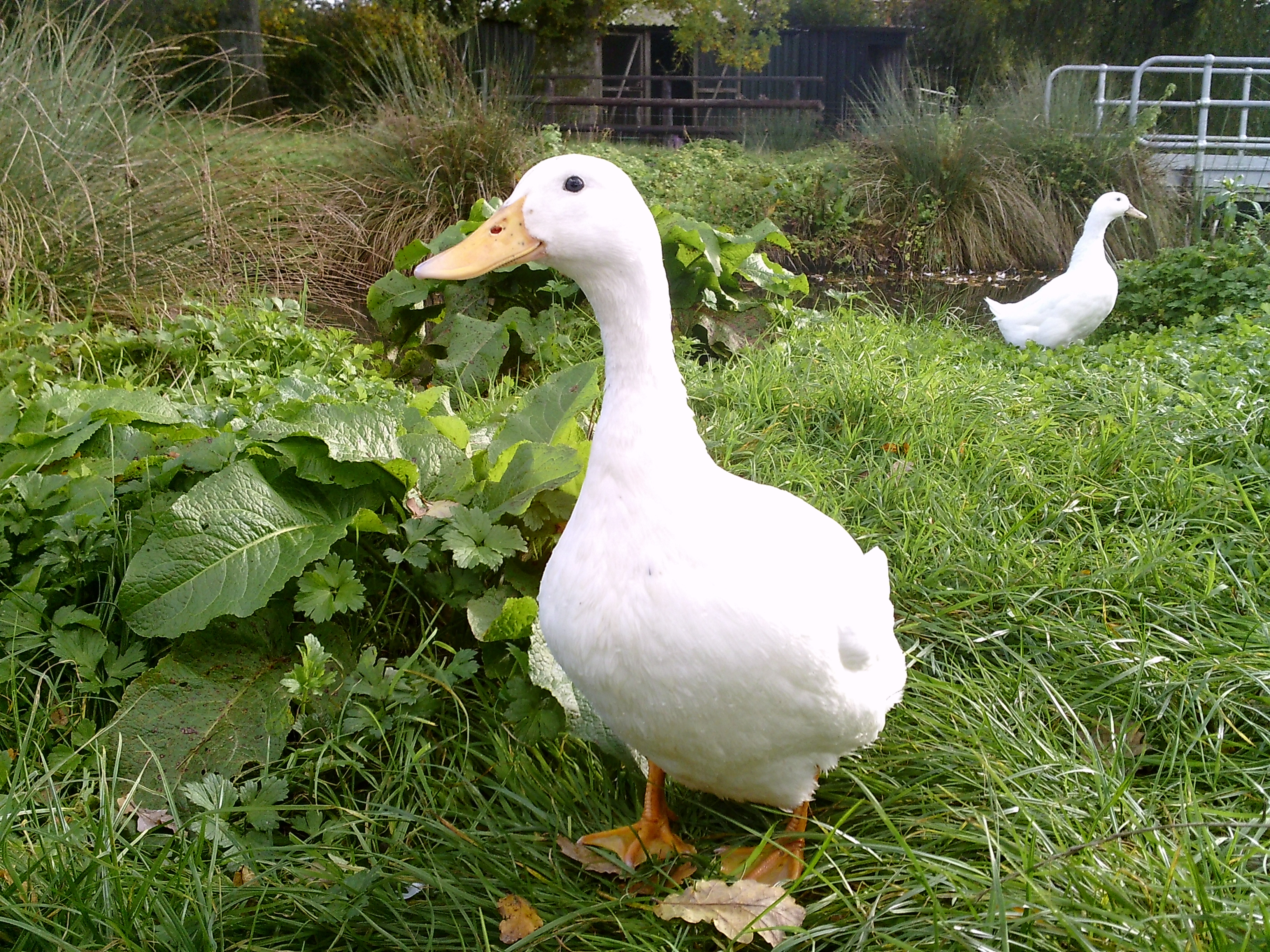

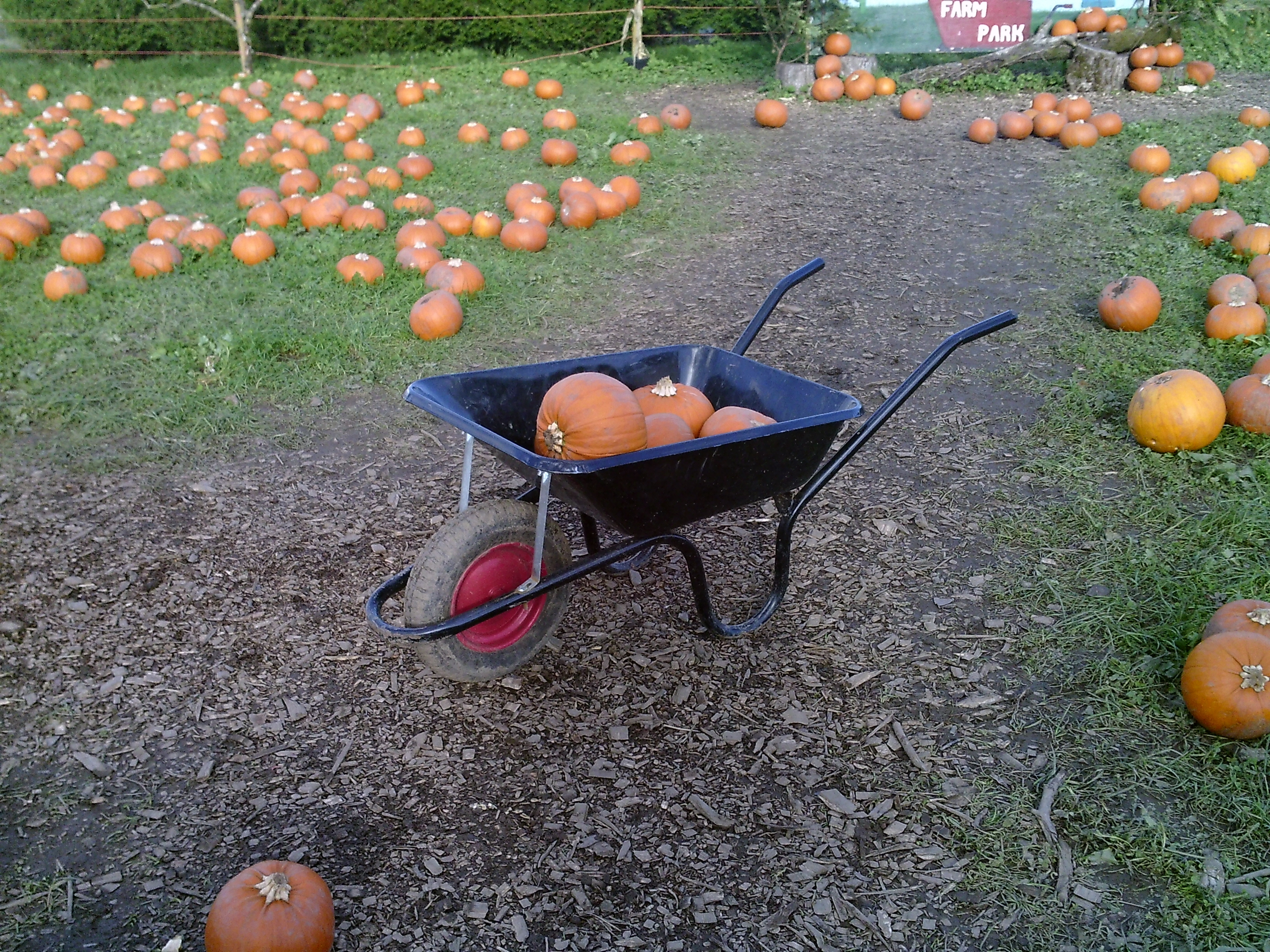
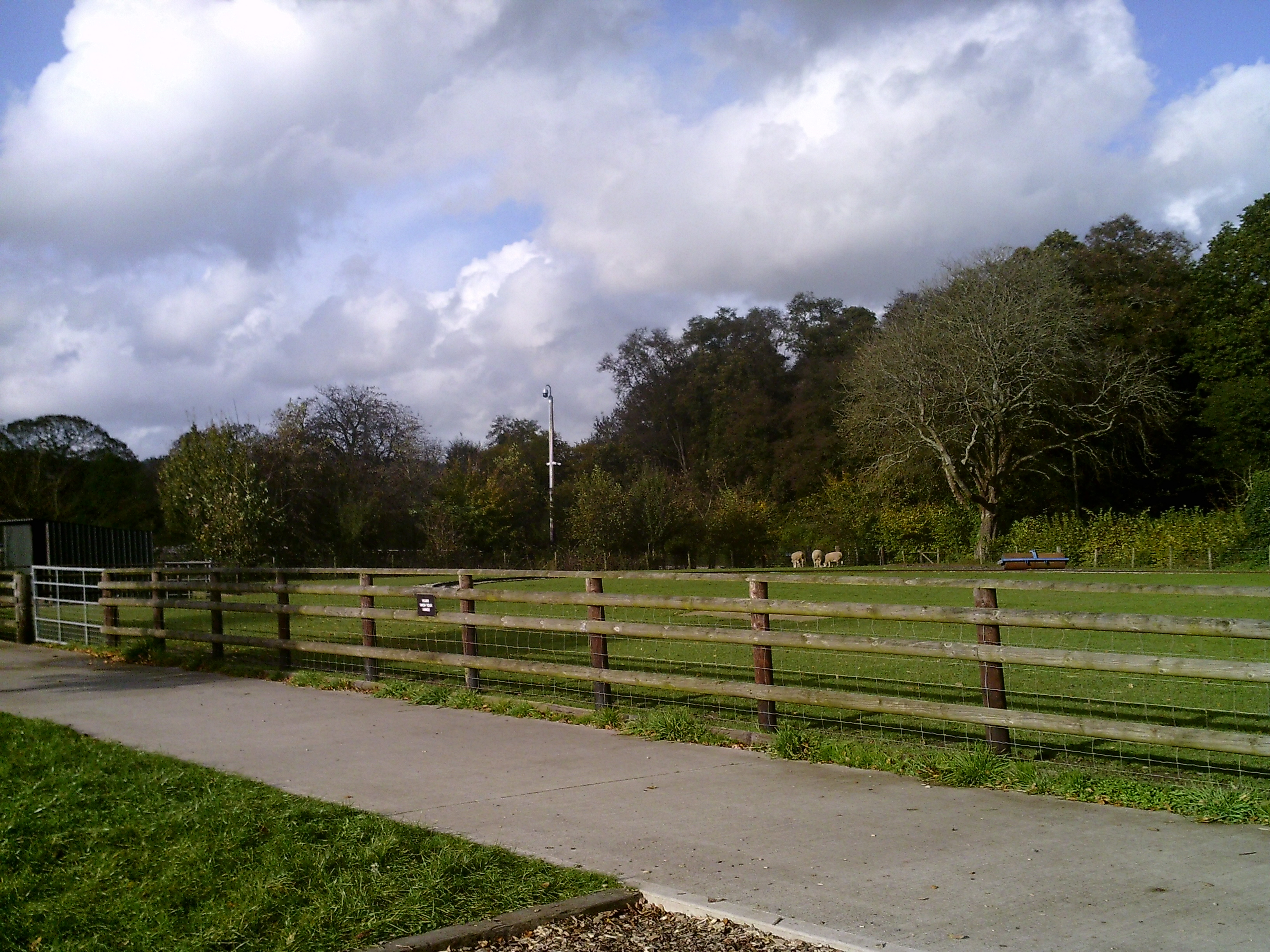
Best kids camera for ages 7-11
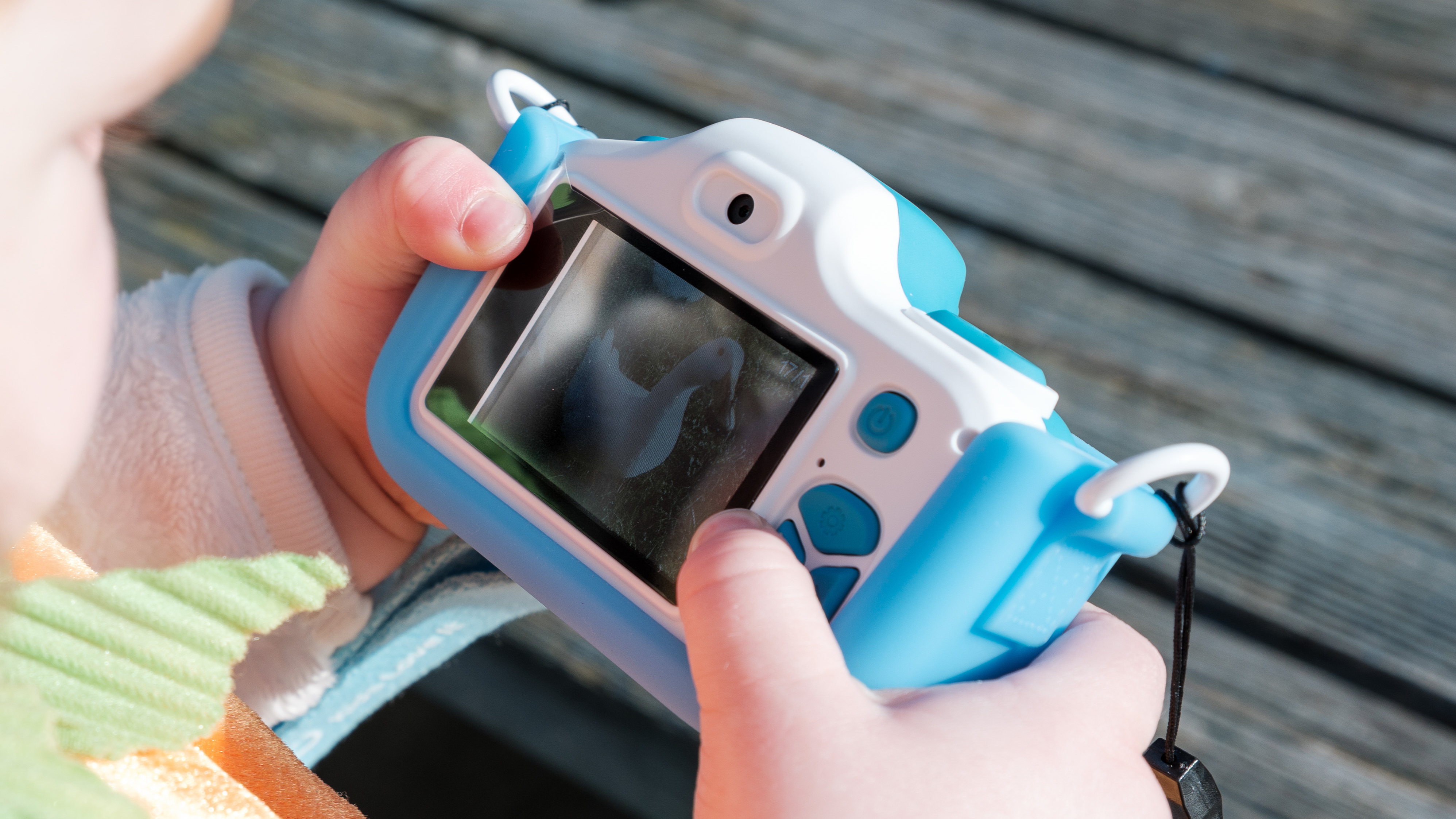
Specifications
Reasons to buy
Reasons to avoid
This kids' camera does a great job of appealing to multiple ages. For the younger user, it comes with a shockproof pouch with an animal design – this both guards it against drops, and gives it more kiddie appeal. But as the child gets older this can be removed, and the user can start experimenting with more features.
I love that this model doesn't skimp on the specs, unlike some of its rivals. Stills resolution is a respectable 16MP, and video records in high-definition. What's more, the camera offers a front and rear lens – so you can use it to shoot selfies, which children will love. There's even a macro setting for close-ups, too. This costs more than some, but we think this model's features and performance mean it offers great value for money.
"The myFirst Camera 3 provides a fun and exciting introduction to photography," said Kalum in his review. "The FullHD camera for photos and video enables kids to capture the world through their own eyes. I tested this camera with the help of my 18-month-old daughter, a tad younger than the target market, but she had a blast all the same, and it sparked a real interest in taking photos. The video quality was a bit of a letdown, however, the photos were great and she loved seeing what she had taken when we got home."
Read Kalum's full myFirst Camera 3 review


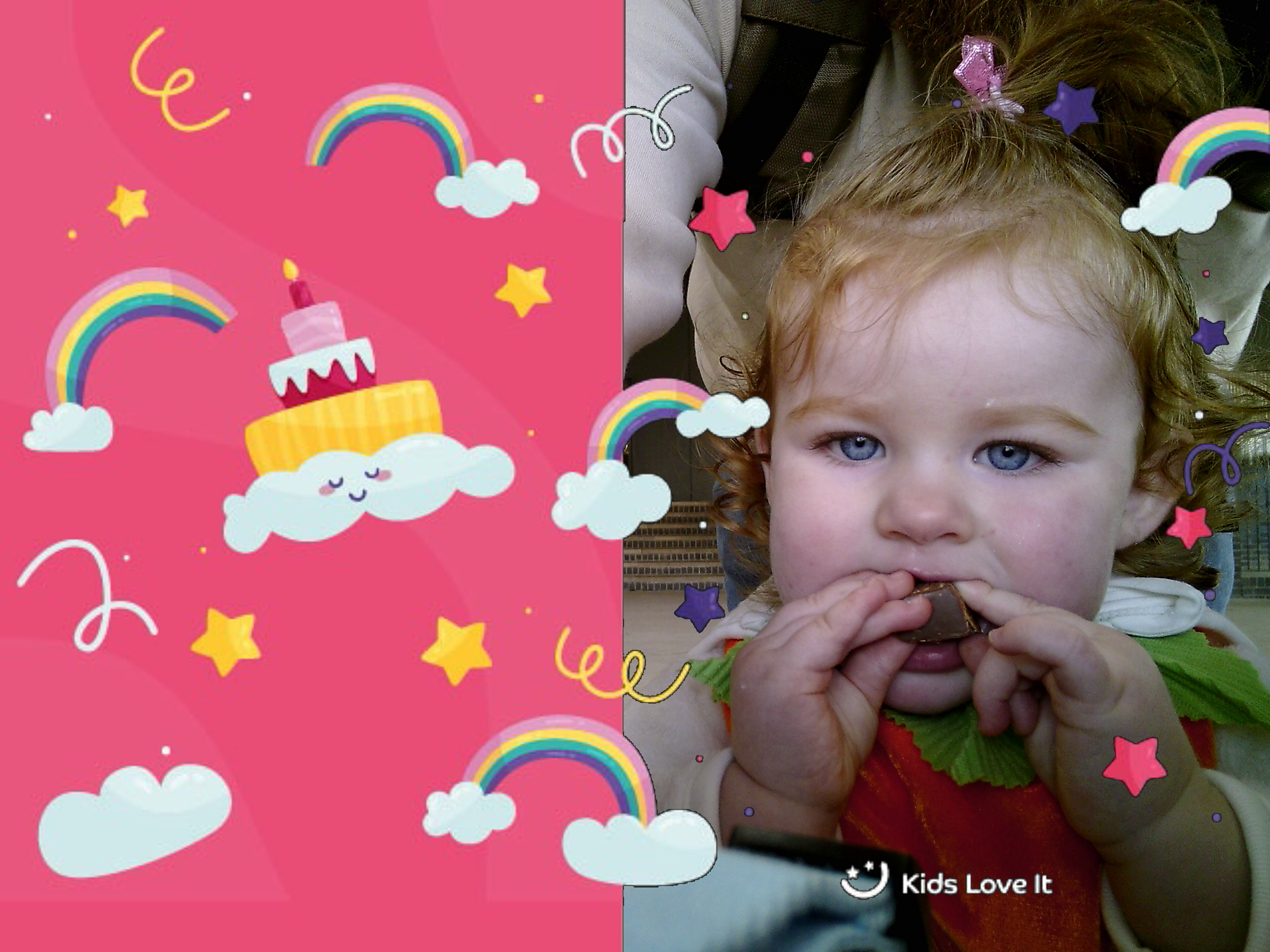

Best rugged camera for kids
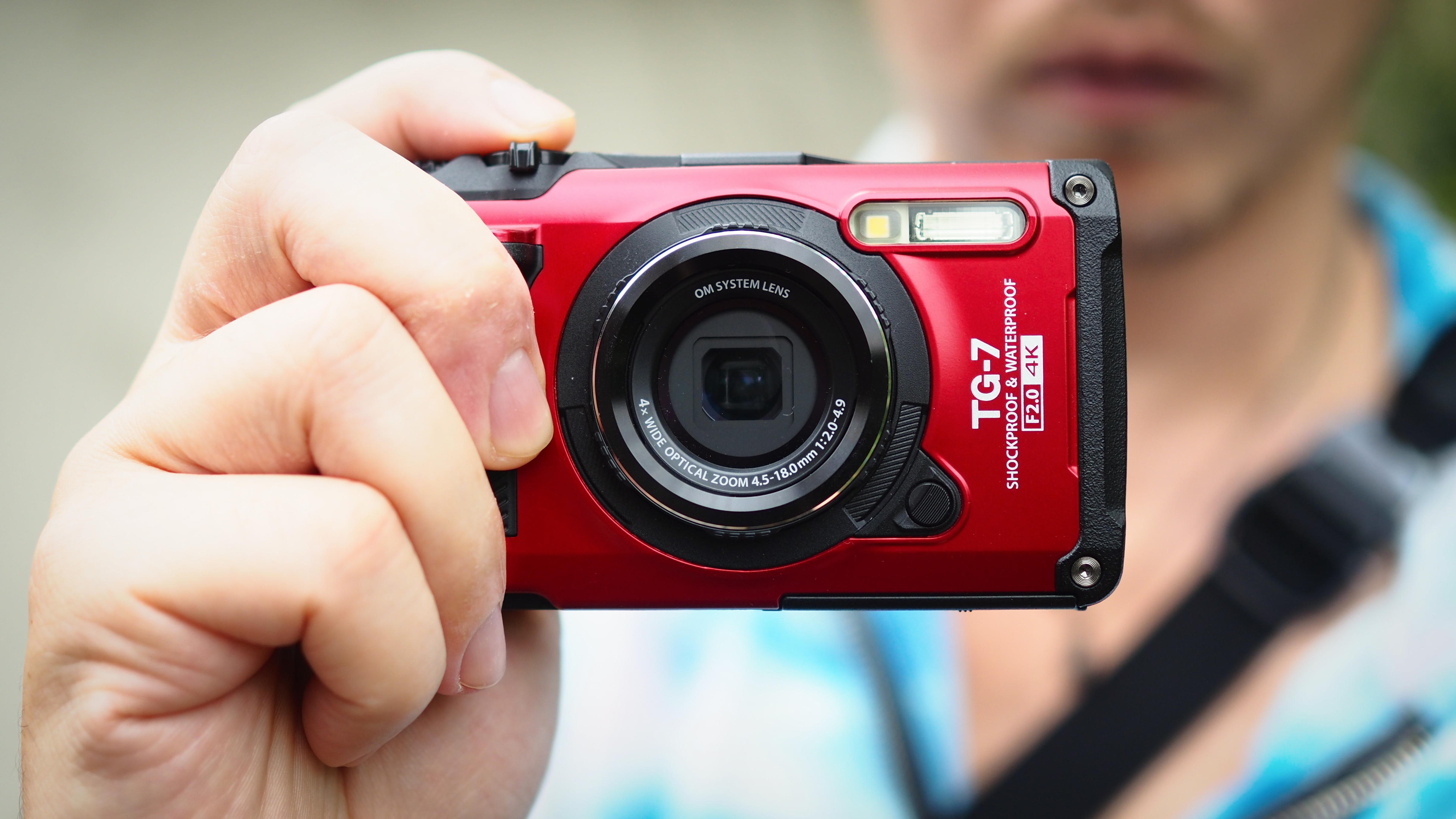
Specifications
Reasons to buy
Reasons to avoid
Since 2021, Olympus cameras have been sold under the OM System name. The Olympus TG-6 was my favorite waterproof compact camera, and it has now been reborn as the OM System TG-7 (which our Editor owns). It is pretty much identical, but that is a good thing in my book, and ensures this newer version remains my top recommendation for a rugged camera.
How rugged is it? As well as being waterproof to 50ft / 15m, the camera can survive being dropped from 7ft / 2.1m as well as being crushed by anything up to 220lbs / 100kg (and it's also freezeproof to -10°C / 14°F, should it somehow get left in the fridge or freezer!). In short, no matter what your kids do to it or how hard they play with it, they won't be able to break it!
It's quite an advanced camera, with lots of features and functions (such as excellent macro and microscope modes) should you want them, as well as a crisp 4K video for filming adventures, and has a great zoom range of 25-100mm. So it's a very capable imaging device if your youngsters want to learn about proper photography.
Every kid who has been to my house always makes a beeline straight for the Tough, because mine is fire engine red (though it also comes in Batman black) and loves the fact that they can take it in the sandpit, get their dinner all over it, and even take it in the bath to wash it!
Read my full OM System Tough TG-7 review

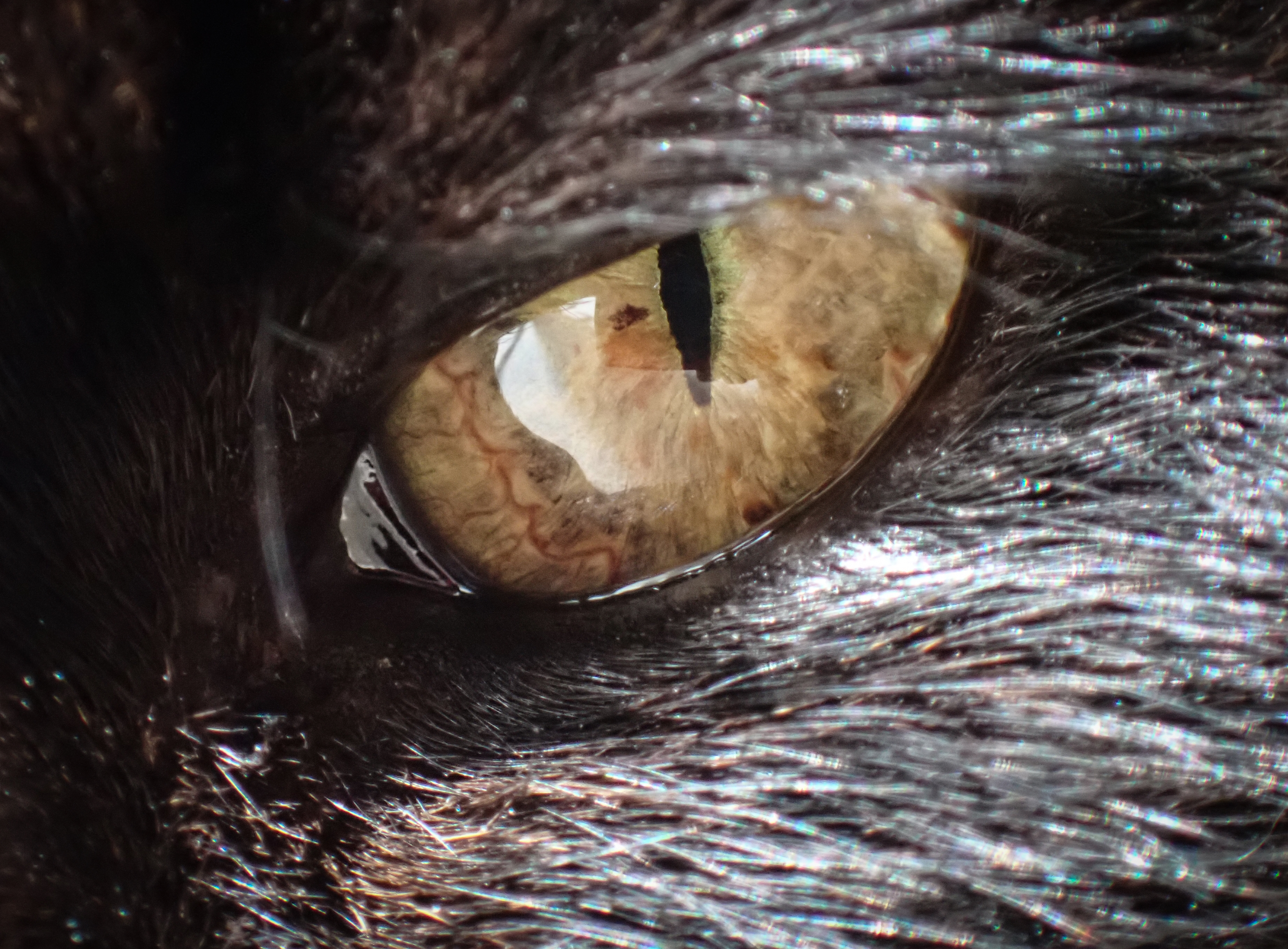


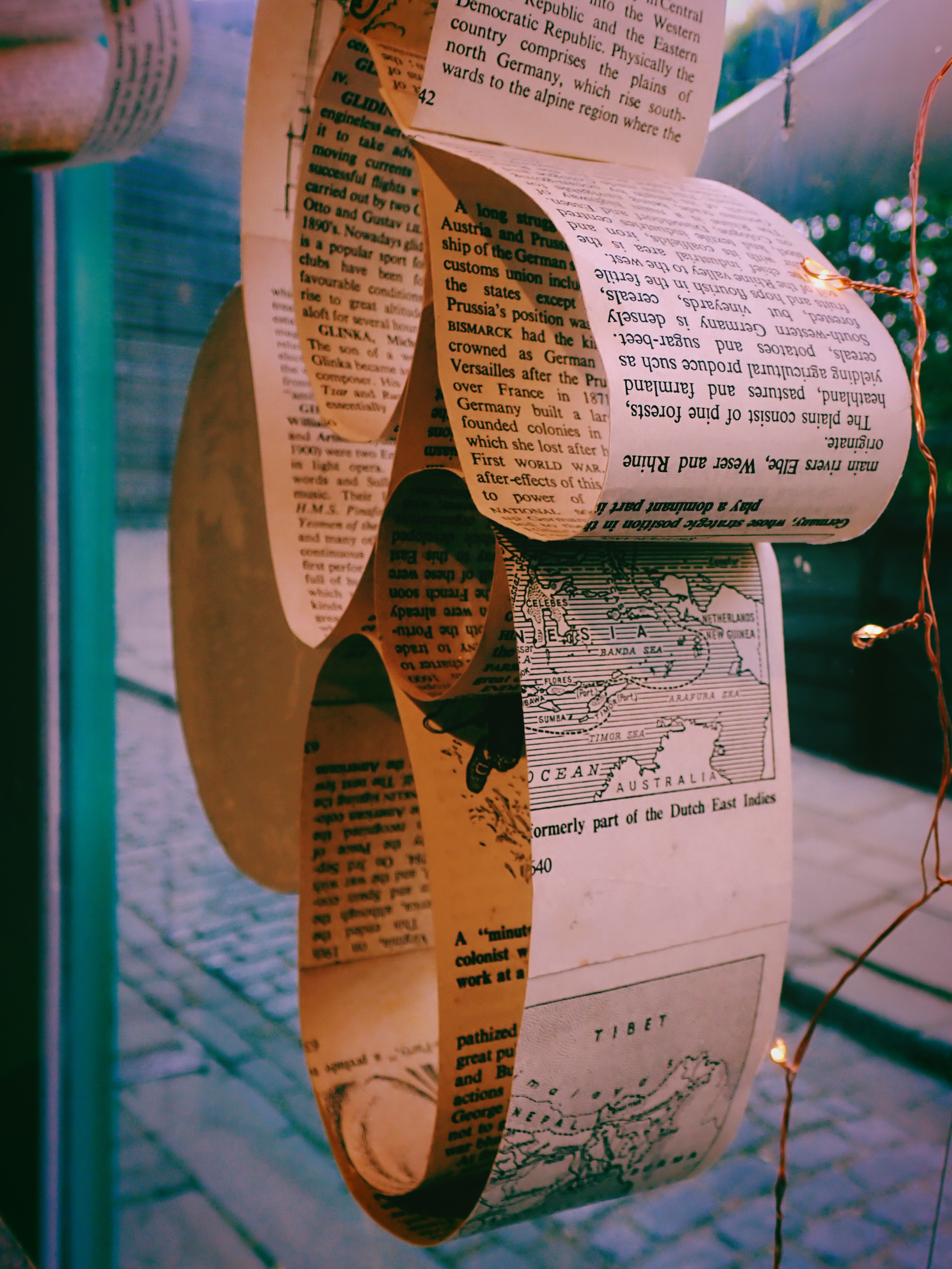
Best instant camera for kids
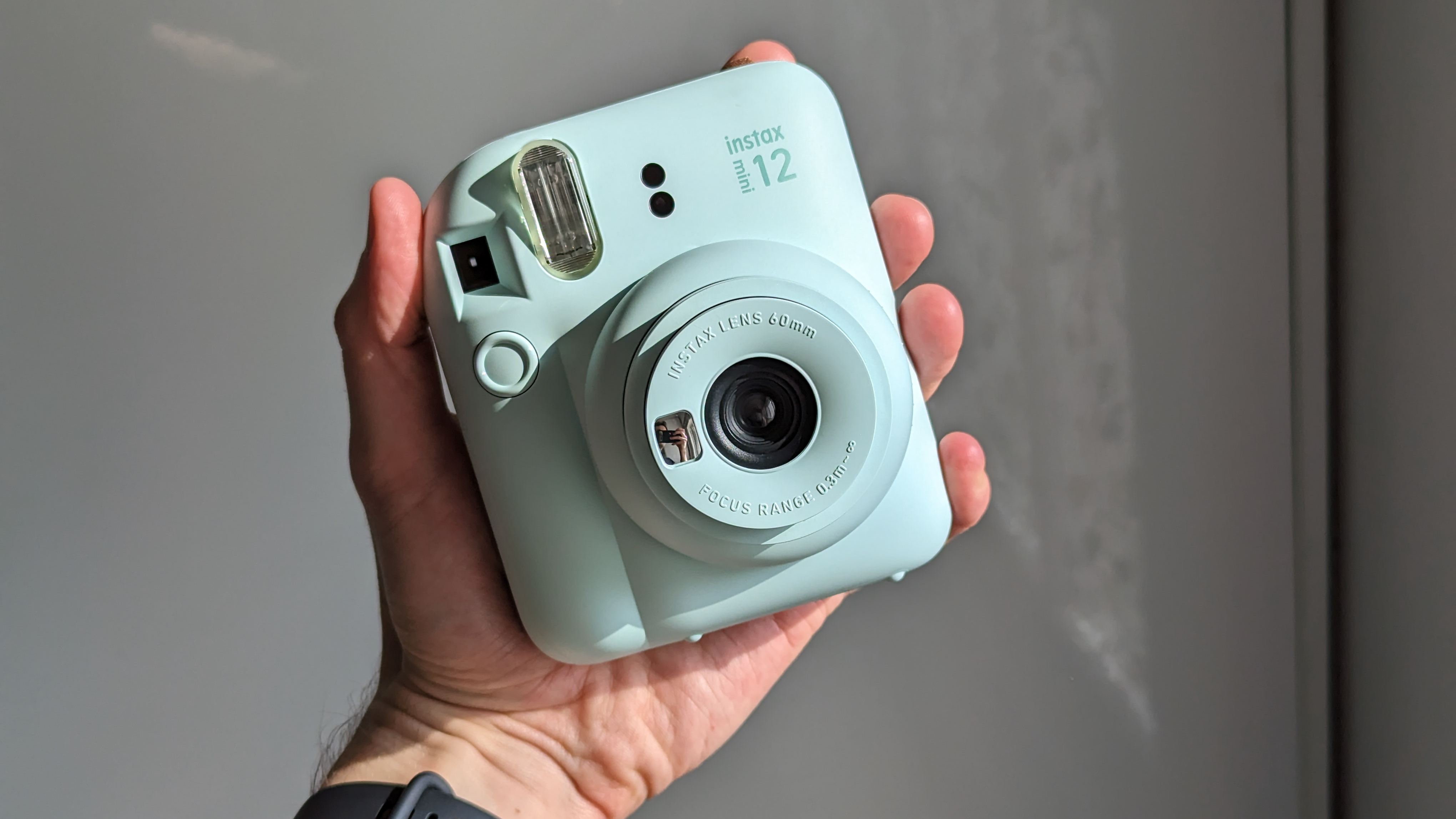
Specifications
Reasons to buy
Reasons to avoid
One of the easiest Instax cameras to use, this recent version of the trusty Mini series is a great choice for kids. Its autoexposure mode produces great results in a range of lighting conditions, and though it can be a bit temperamental sometimes, kids love the cute, compact images it spits out just as much as I do!
Instax prints look great as ever, small and full of fun, and loading them is as easy as it ever was. The camera is powered by two regular AA batteries, and the flash reliably gives every image a burst of light (and I do mean every image, as there's no way to disable it). Inexpensive, user-friendly, and full of fun, kids big and small will have a great time with this one.
I should point out, of course, that Instax film isn't exactly cheap, so it costs money every time a photo is taken. That said, kids absolutely love having a physical photo and seeing the results of their pictures as a tangible thing rather than an ephemeral image on a screen.
Read our full Instax Mini 12 review
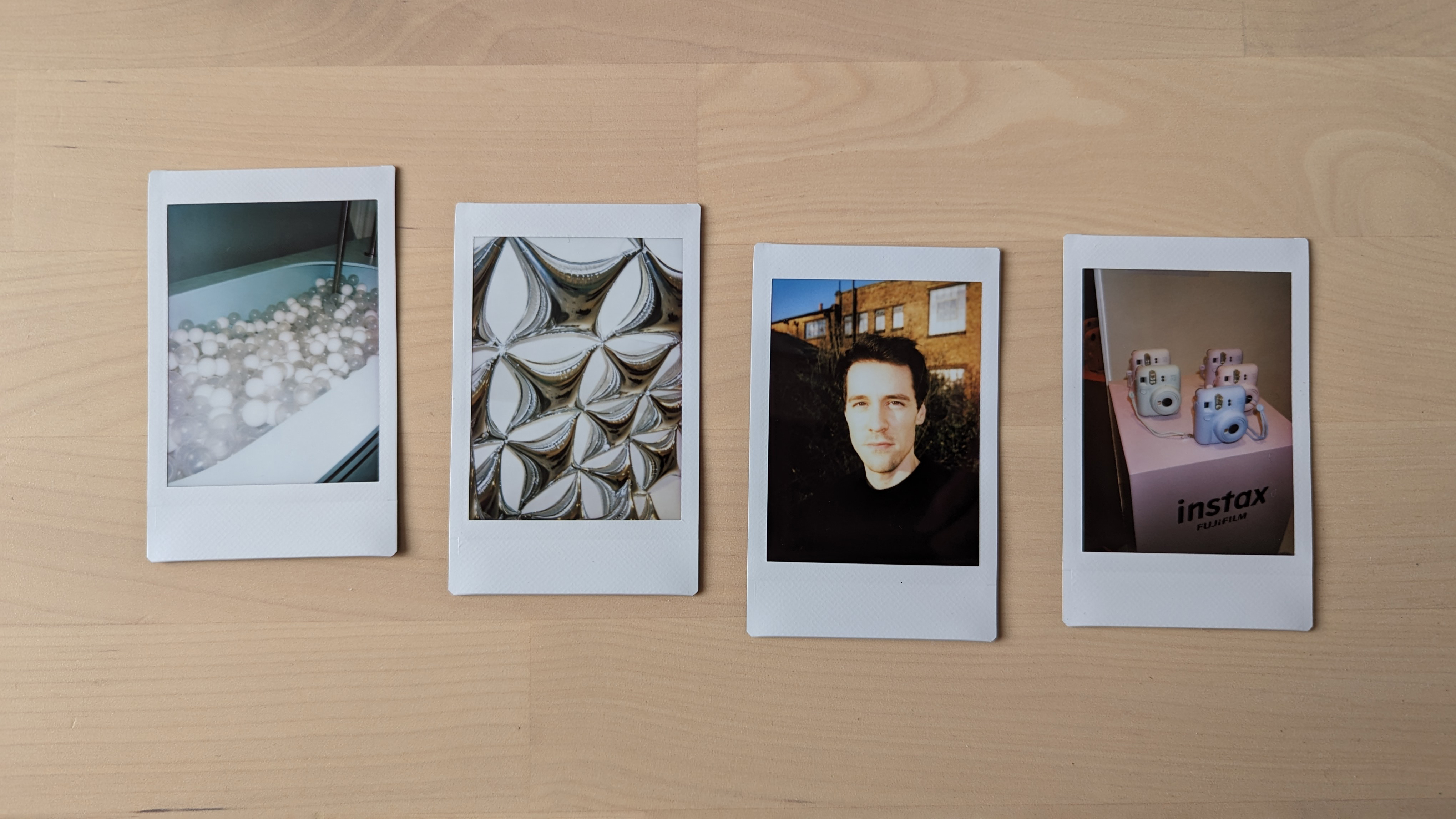
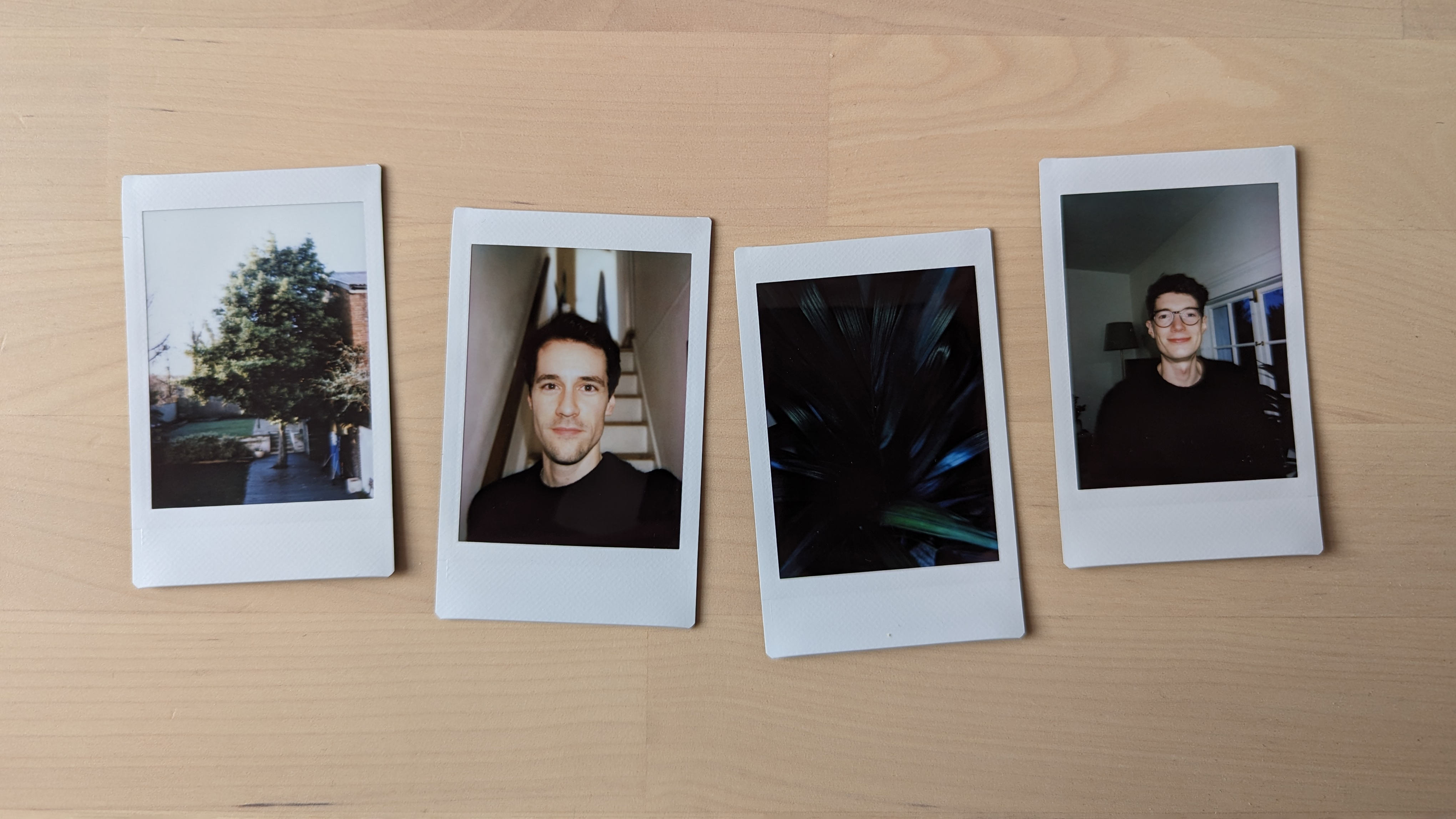
Best cute instant camera for kids
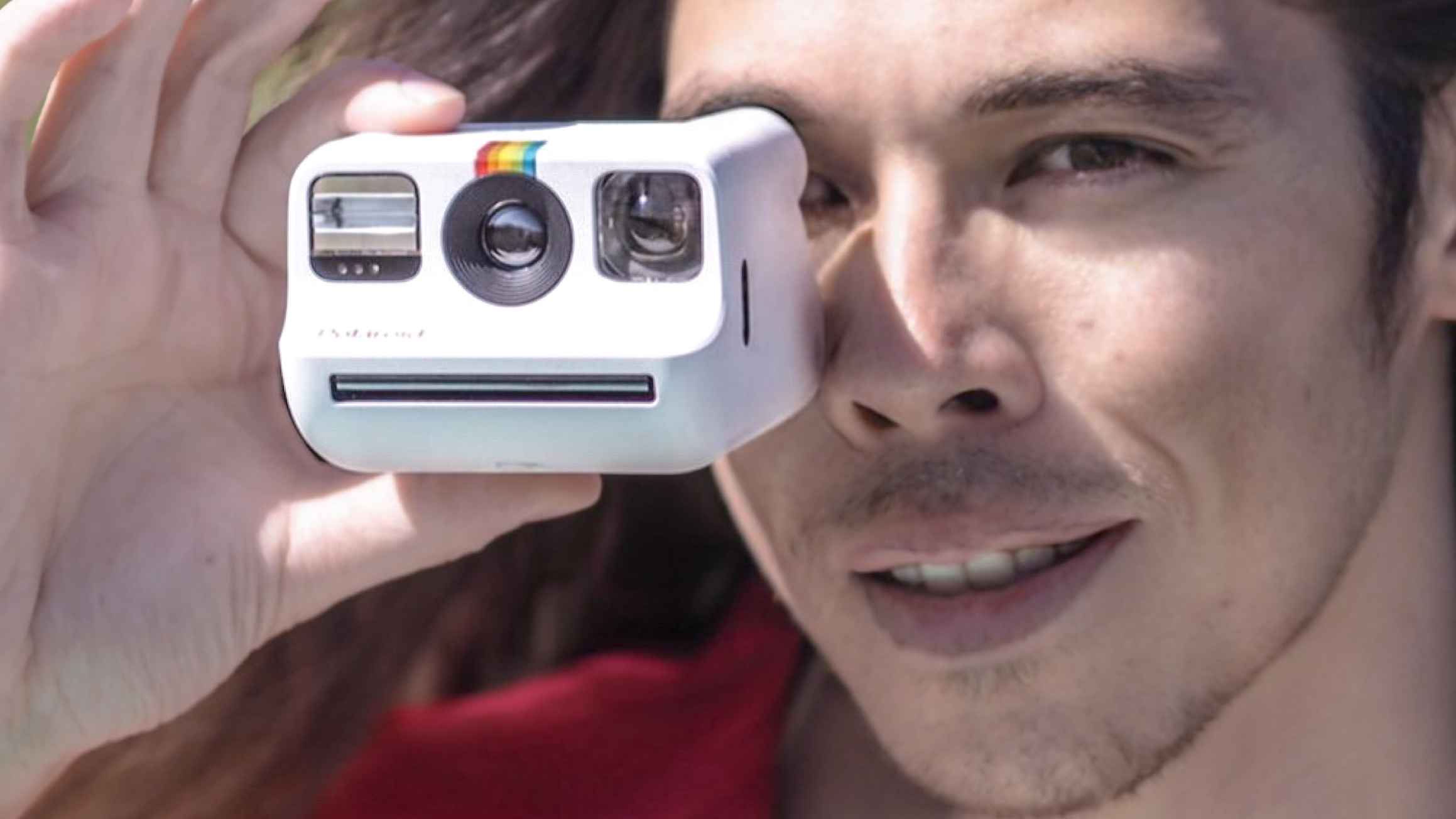
Specifications
Reasons to buy
Reasons to avoid
The Polaroid Go is a palm-sized camera that kids will fall in love with faster than it takes a photo to develop. Bigger instant cameras balance exposures better, and rival Instax Mini cameras deliver slightly better image quality indoors – but neither are as fun to use as the Go, which still produces pleasing pics.
As you can see in the above photo of our reviewer holding it, the Polaroid Go is positively tiny in adult mitts (kind of a dainty hamburger size) but it's the perfect proportions for a child's hands. And while plain white or black aren't the typical colors for kiddy cameras, I've never seen a kid resist the urge to pick this up (after all, plenty of kids play with their parents' white or black smartphones)!
A consideration is that Instax Mini film works out cheaper than Polaroid Go film, but then you'll also need to replace those AA batteries on the Mini whereas the latest Go you just needs USB-C to top up the power. And the Go boasts double exposures, which you won't get unless you opt for pricier options like the Instax Mini 90. A fun and funky little camera, the Polaroid Go is ideal for little hands to get started with.
Read my full Polaroid Go Generation 2 review



Best hybrid instant camera for kids

Specifications
Reasons to buy
Reasons to avoid
Much as I love the Polaroid and Instax options above, the Kodak Printomatic may be the perfect instant camera for kids. Well, it's a digital instant camera, housing a proper little printer that uses Kodak's Zink all-in-one cartridges to spit out little prints that measure just 3 inches.
Now, these Zink prints are more like color photocopies than the true color photos you get from Polaroid and Instax. However, they still look pretty good (especially to kids' eyes) and more importantly Zink paper is much more affordable than instant film. Plus, the prints are water, tear and smudge-resistant – and they have peelable backs that turn them into stickers, too.
On top of that, the Printomatic also produces 5MP digital photos that you can save to a low-cost microSD memory card – so you don't have to print every photo you take, making this a cheap option that's good fun for anyone.
Read our full Kodak Printomatic review
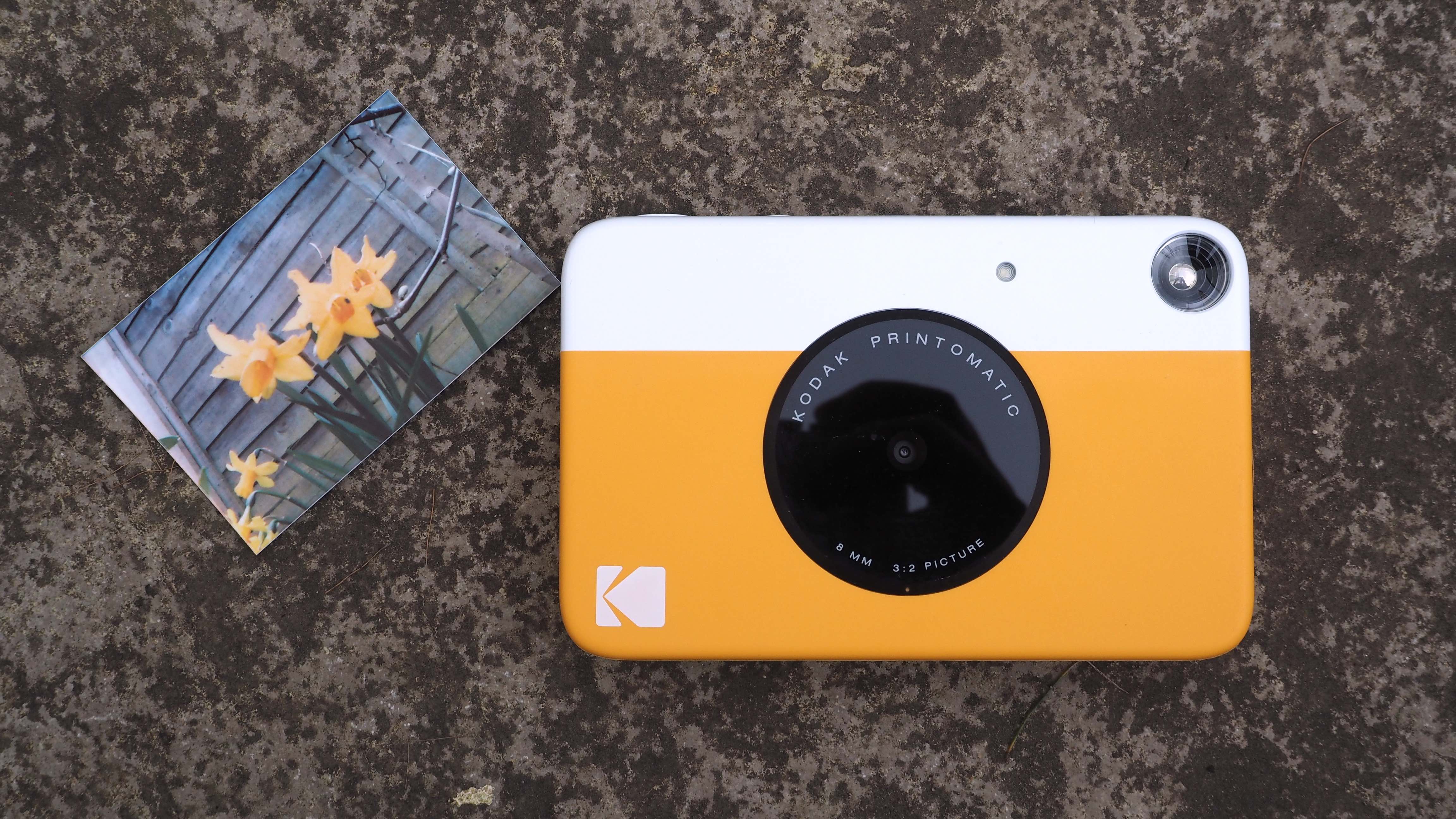
Best action camera for kids
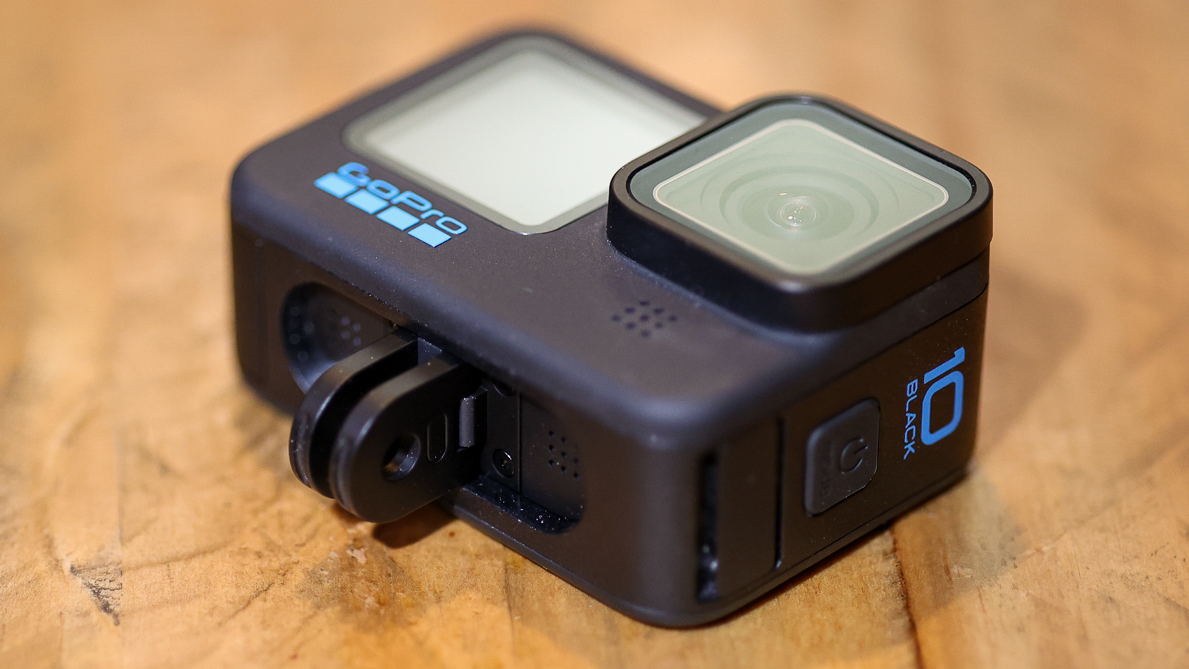
Specifications
Reasons to buy
Reasons to avoid
A GoPro camera is a terrific thing to bring along on a family holiday, able to capture all your adventures in crisp detail as well as stand up to the rough and tumble adventure that is life with kids. And I've certainly noticed that kids are very eager to play with it – and can get some great results, much like those of us of a certain age used to love playing with Super8 cameras or VHS camcorders!
The 2021-vintage GoPro Hero10 Black is a perfect choice, more affordable than the more recent models in the Hero range (such as the latest flagship Hero12 Black), but still with more than enough functionality to capture fantastic images and videos. While this older model lacks the sophisticated features of its more expensive contemporaries, there's plenty of great stuff here; 25fps burst shooting is nothing to sneeze at, and you get 4K video at 120fps.
The whole family can have huge amounts of fun with a GoPro, and this affordable version is the ideal choice. A GoPro isn't a camera for kids specifically, but its ruggedness and ease of use make it ideal for older children tackling new adventures and outdoor pursuits.
Read our full GoPro Hero 10 Black review

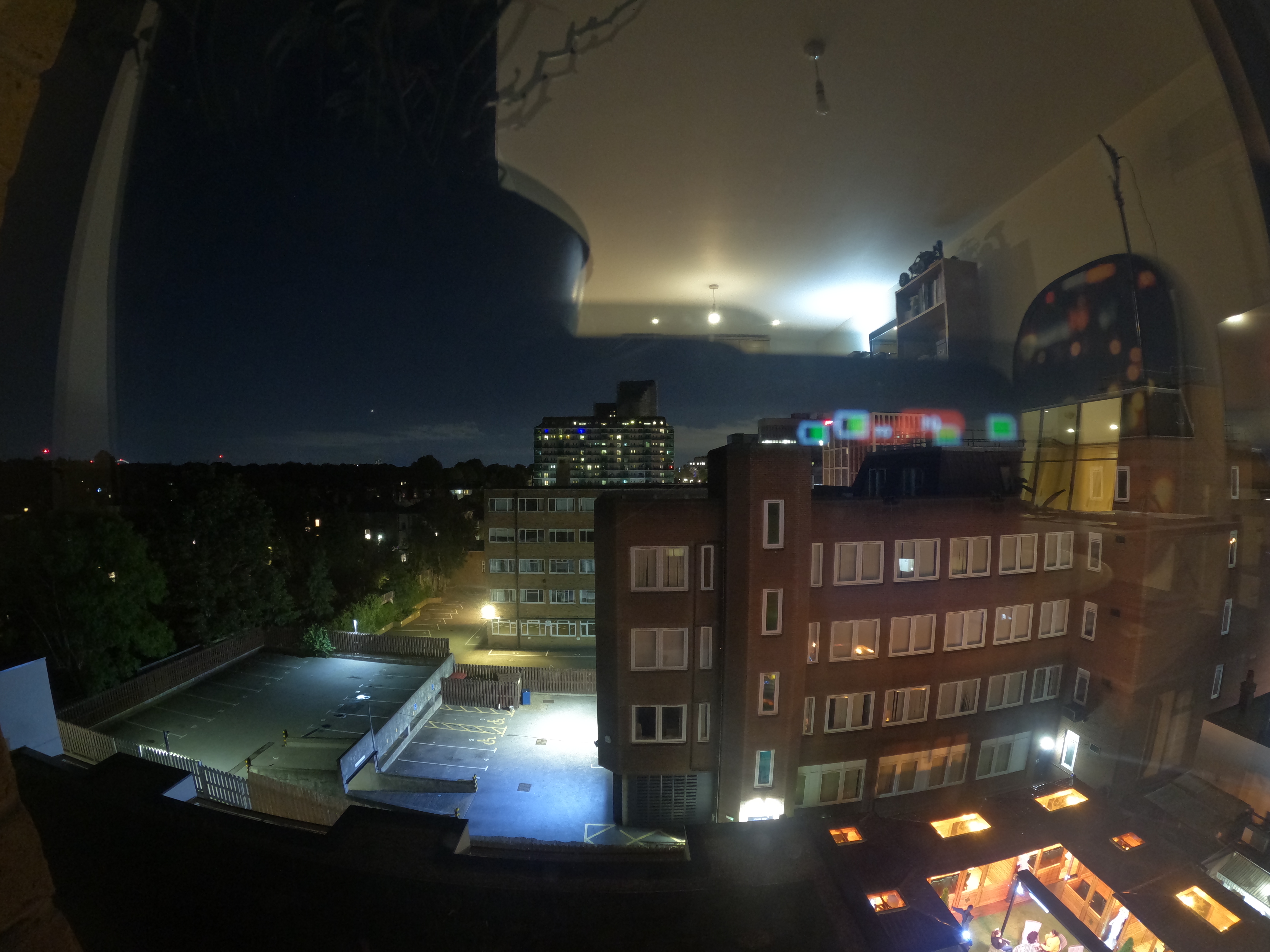

Best for retro fun
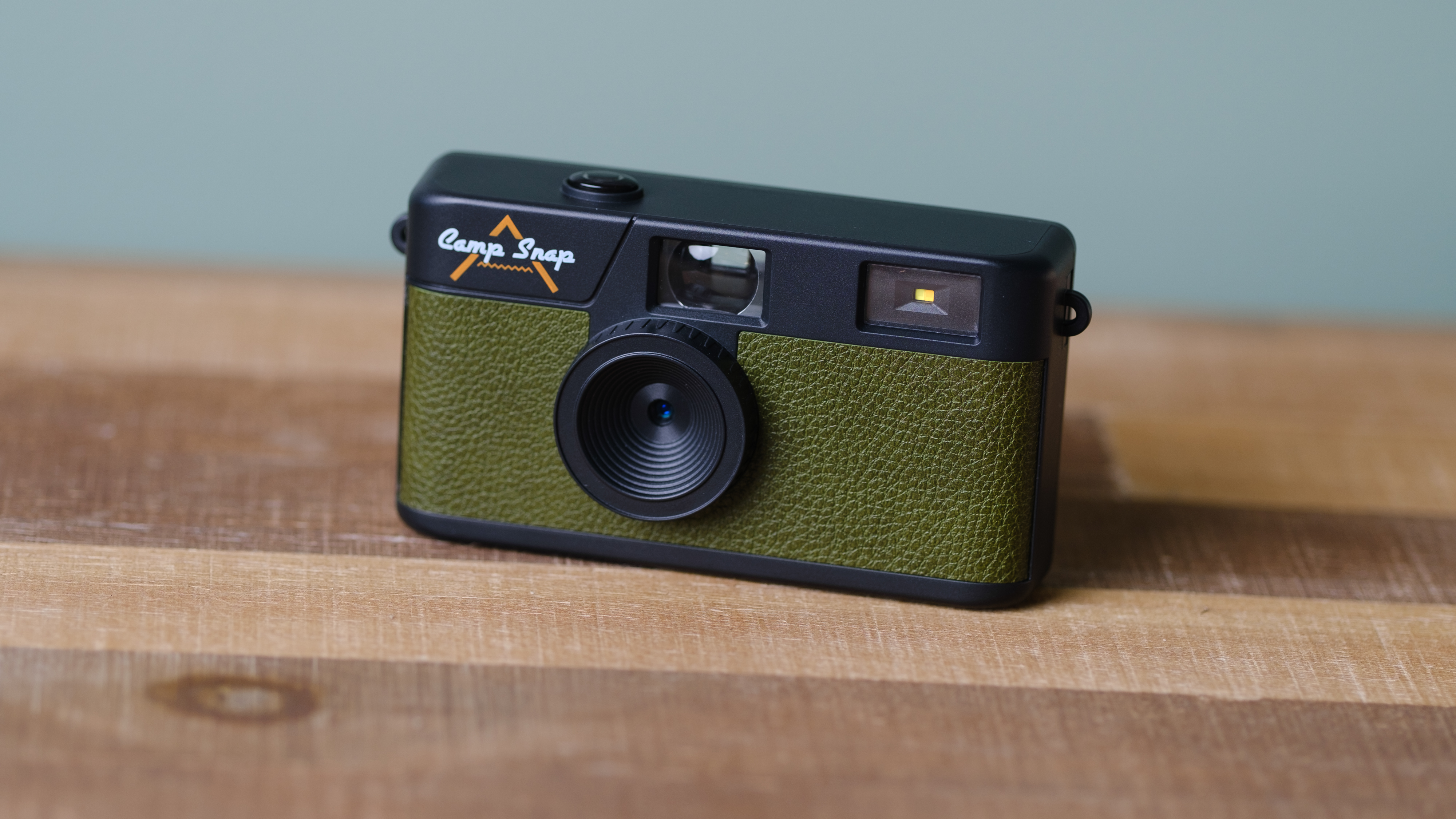
Specifications
Reasons to buy
Reasons to avoid
This is a compact camera with a difference. At its heart is an 8-megapixel digital compact with a fixed wide-angle lens... but unlike nearly all other digicams, there is not rear LCD screen. As such this handles much like a basic film compact, or disposable camera - so you can't see your images straight after you have shot them.
Apart from the shutter release, you only get a button to control the built-in flash. The only display is a simple LED on the back that tells you how many photos we have taken. The simplicity does mean that a child of any age could use it. However, with no screen, you need to think more carefully about framing your subject - the optical viewfinder is not very accurate, and there is a noticeable delay when pressing the shutter release.
There is a default color profile for the images that gives images a funky retro look - but you can adjust this via a computer - which again probably rules out younger children making the most of this model. However, in our tests, we found this camera's old-fashioned handling a great deal of fun.
See our full Camp Snap review
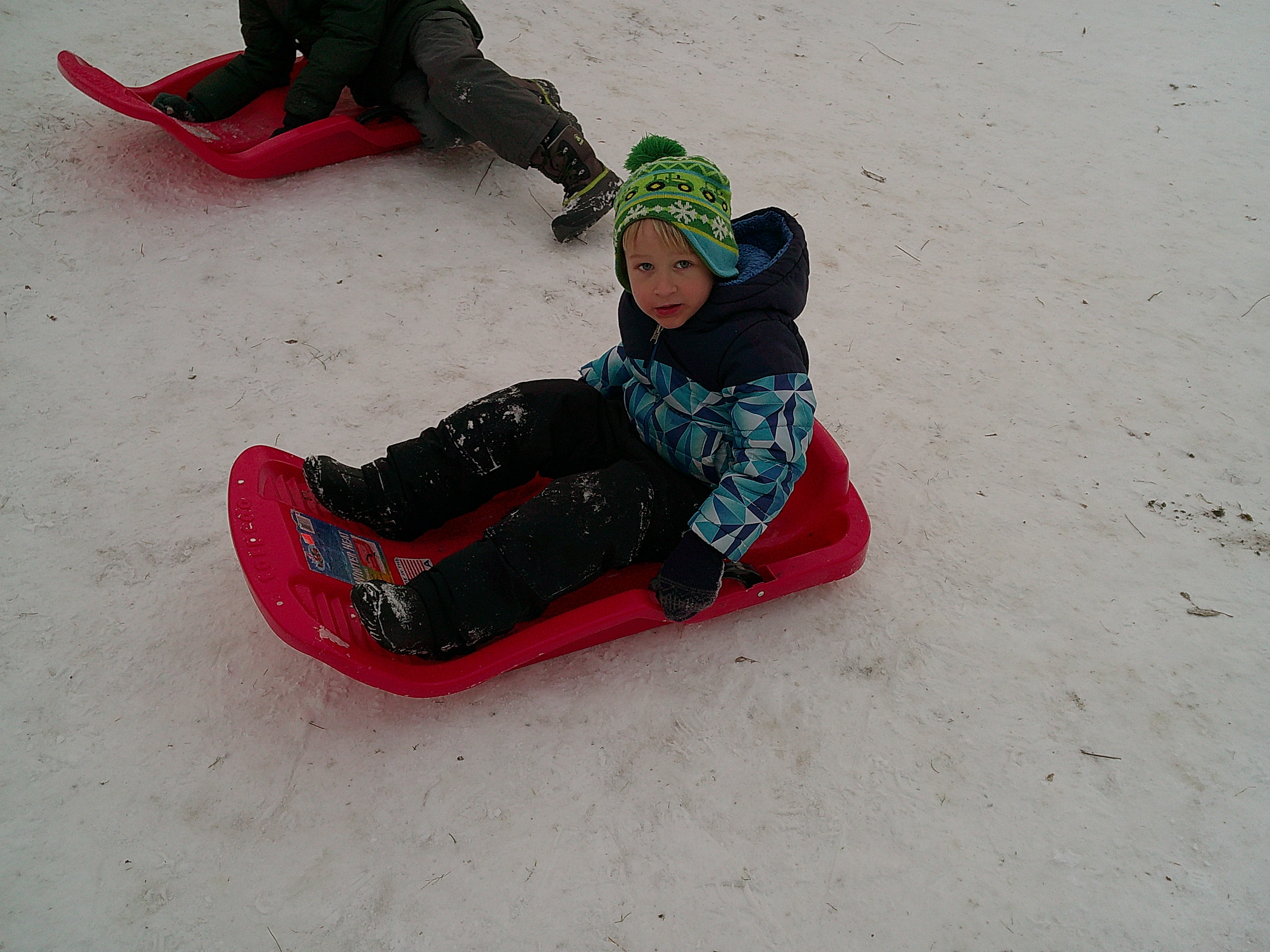
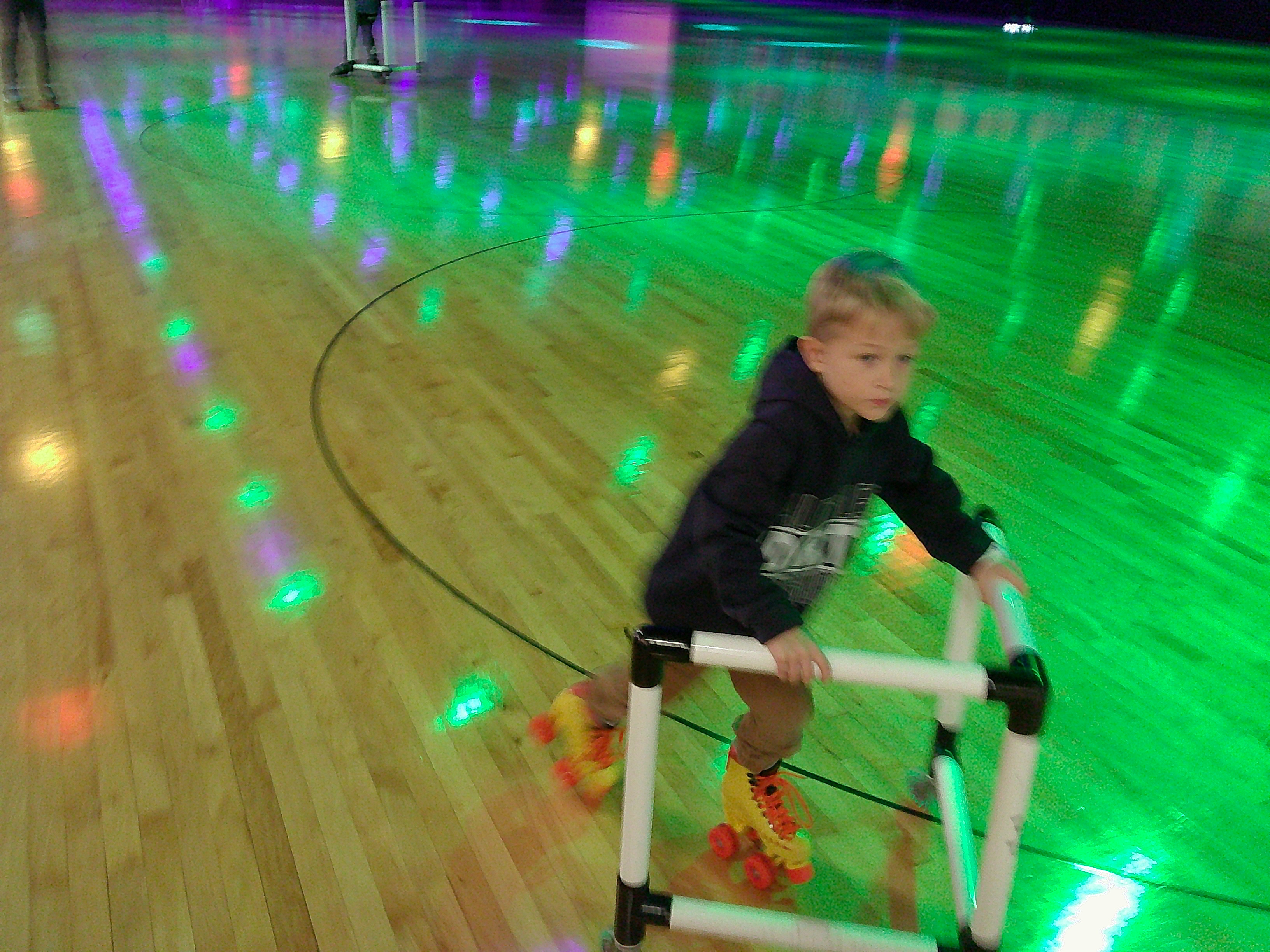



Honorable mentions
Kidamento Model K
With its colorful slot-shaped shell, this camera is aimed at 3-9 year olds - and we found it worked well for standard and selfie photos. A touchscreen makes changing settings really straightforward.
Lomography Konstruktor
Aimed at children 11 and up, this is a construction kit that you can build into a fully working 35mm film camera. It is quite fiddly to make, but a great gift for children who have the patience to complete a project.
How we test kids cameras
Traditionally, we run of gamut of tests on camera resolution, dynamic range, and noise under scientifically controlled conditions using two key testing tools: Imatest Master and DxO Analyzer.
However, the best cameras for kids aren't really about these kinds of capabilities. So we do the only testing that really matters when it comes to cameras targeted at kids: we put them in little hands! A number of us on the DCW team are parents or have young nieces, nephews and siblings, so it's easy (and enjoyable) for us to get them playing with these cameras and seeing what they think. Do they find them easy and fun to use? Are they durable enough to withstand being bashed around? Are the images of acceptable quality? Are they good enough to tempt them away from daddy's camera phone?
Our little helpers make sure that we're recommending the best cameras for kids.
FAQs
How to choose a camera for kids?
It depends on the kids, honestly. VTech makes cameras that are the right blend of appealing design, robust build and easy-to-engage usability for very little ones, but anyone older will outgrow its features.
A Tough camera is indestructible enough to survive whatever your children do to it, but its advanced features make it an expensive purchase. And an instant camera enables your kids to produce physical photographs, but there is a cost whenever the shutter is pressed.
Do you want a glorified toy, to distract your kids for a while, or a device that's designed to enthuse and educate them into an interest in photography? Work out what you want – and what is right for your little ones!
Should I buy a kid a camera?
Cameras can be an absolutely wonderful way to cultivate creativity in children – just like a set of crayons or paints. A camera can not only encourage their development of visual language and expression, it can also give them a unique and valuable way to engage with the world around them.
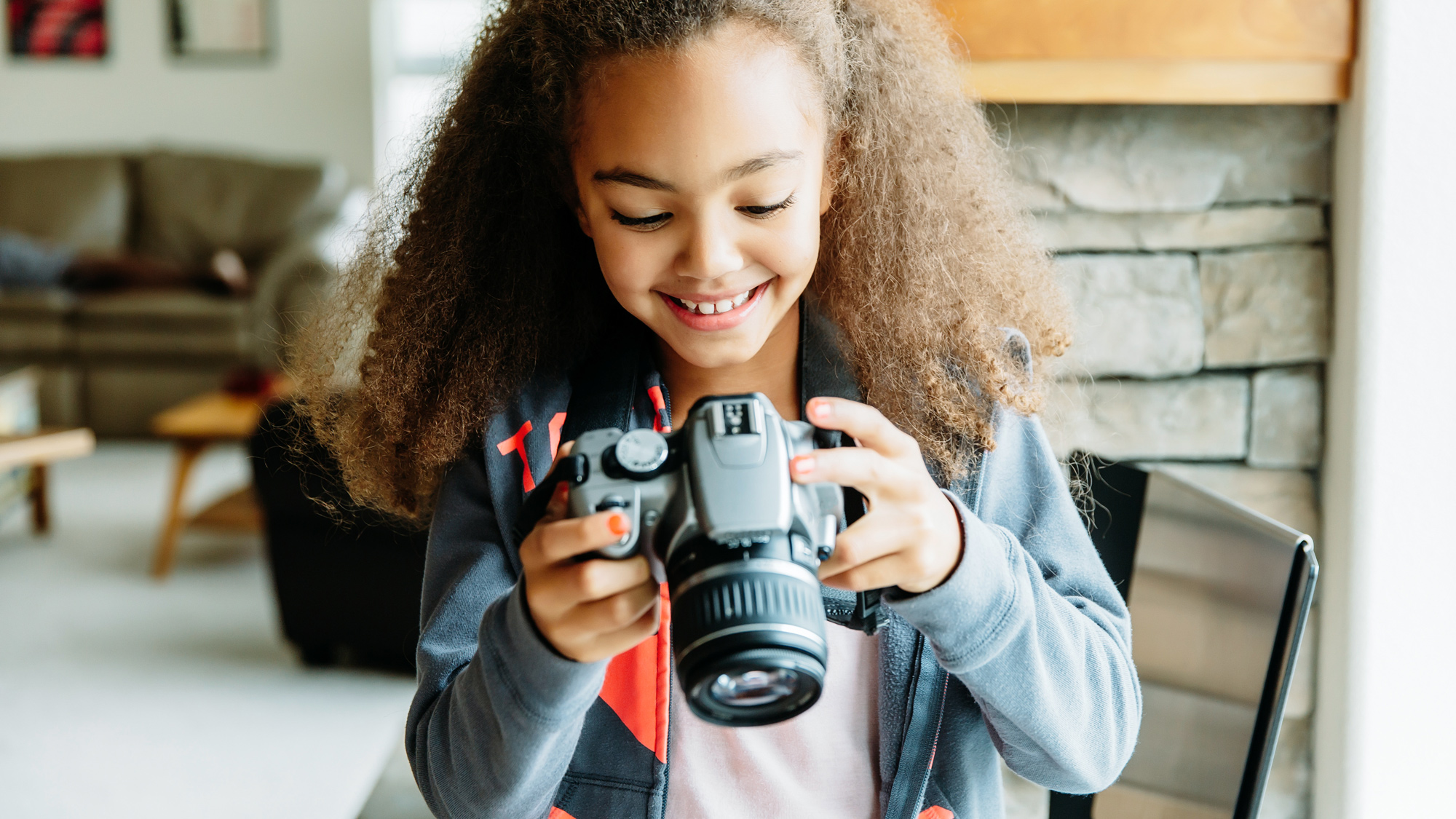
What's the best camera for a teenager
Most of the cameras in this guide are designed for younger children - but several of them are more than suitable for those who are older. But if you are looking for a camera that allows you to take photography more seriously, then take a look at our guide to the best cameras for students which gives a rundown on cameras that can also be to help with studies, as well as for everyday content creation.
Get the Digital Camera World Newsletter
The best camera deals, reviews, product advice, and unmissable photography news, direct to your inbox!
Chris George has worked on Digital Camera World since its launch in 2017. He has been writing about photography, mobile phones, video making and technology for over 30 years – and has edited numerous magazines including PhotoPlus, N-Photo, Digital Camera, Video Camera, and Professional Photography.
His first serious camera was the iconic Olympus OM10, with which he won the title of Young Photographer of the Year - long before the advent of autofocus and memory cards. Today he uses a Nikon D800, a Fujifilm X-T1, a Sony A7, and his iPhone 15 Pro Max.
He has written about technology for countless publications and websites including The Sunday Times Magazine, The Daily Telegraph, Dorling Kindersley, What Cellphone, T3 and Techradar.
- Kalum CarterStaff Writer
- James ArtaiusEditor in Chief
